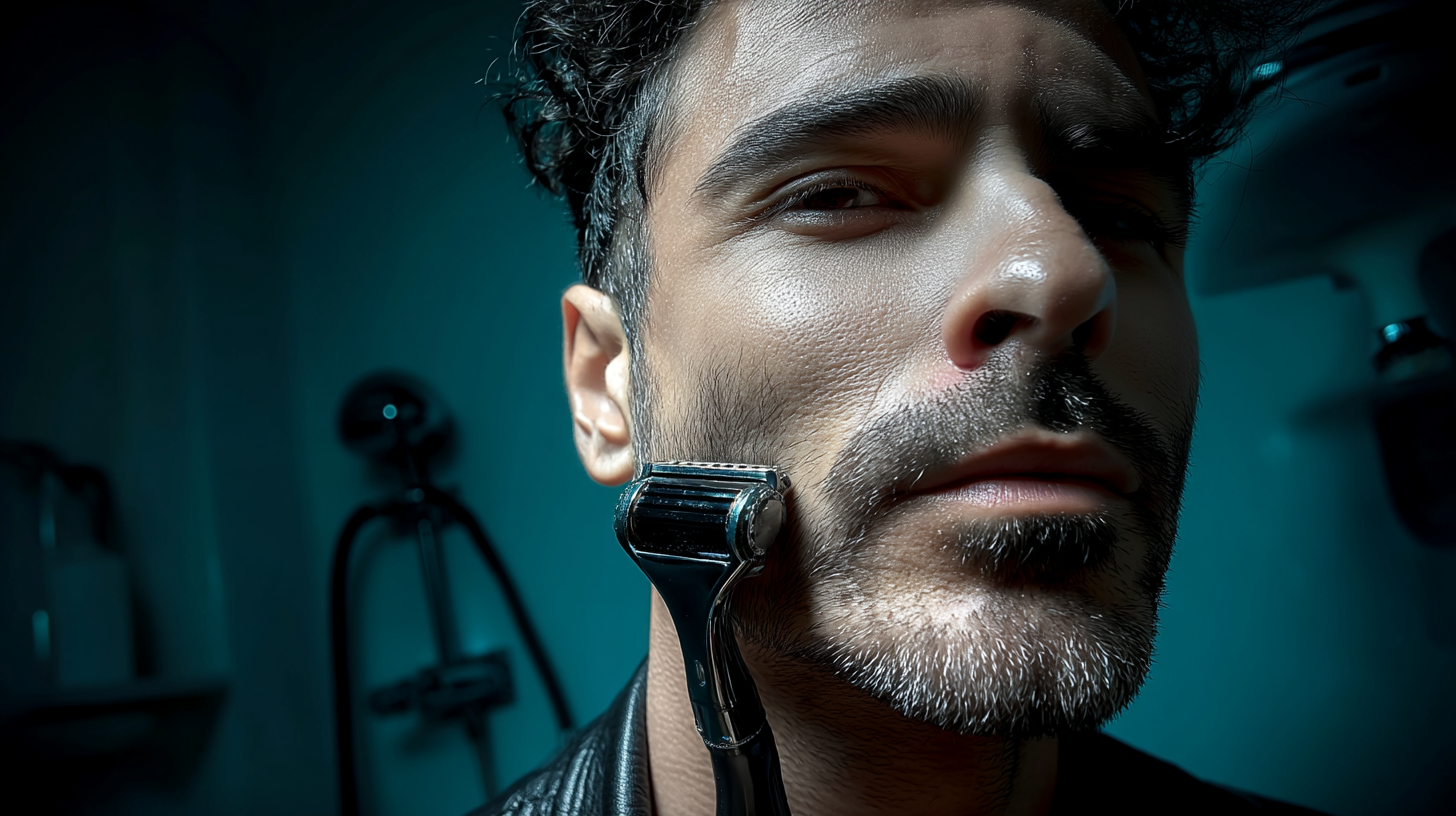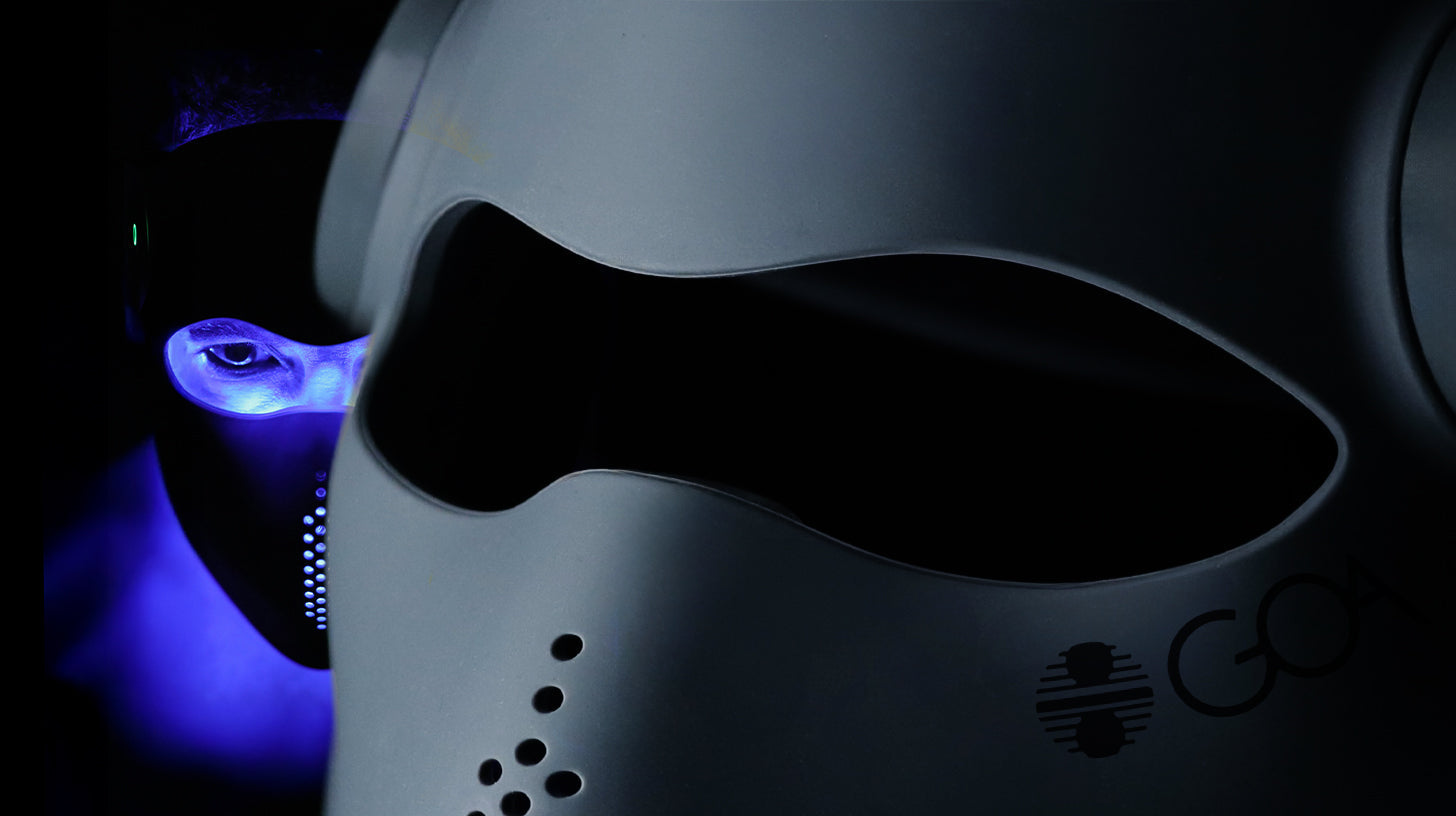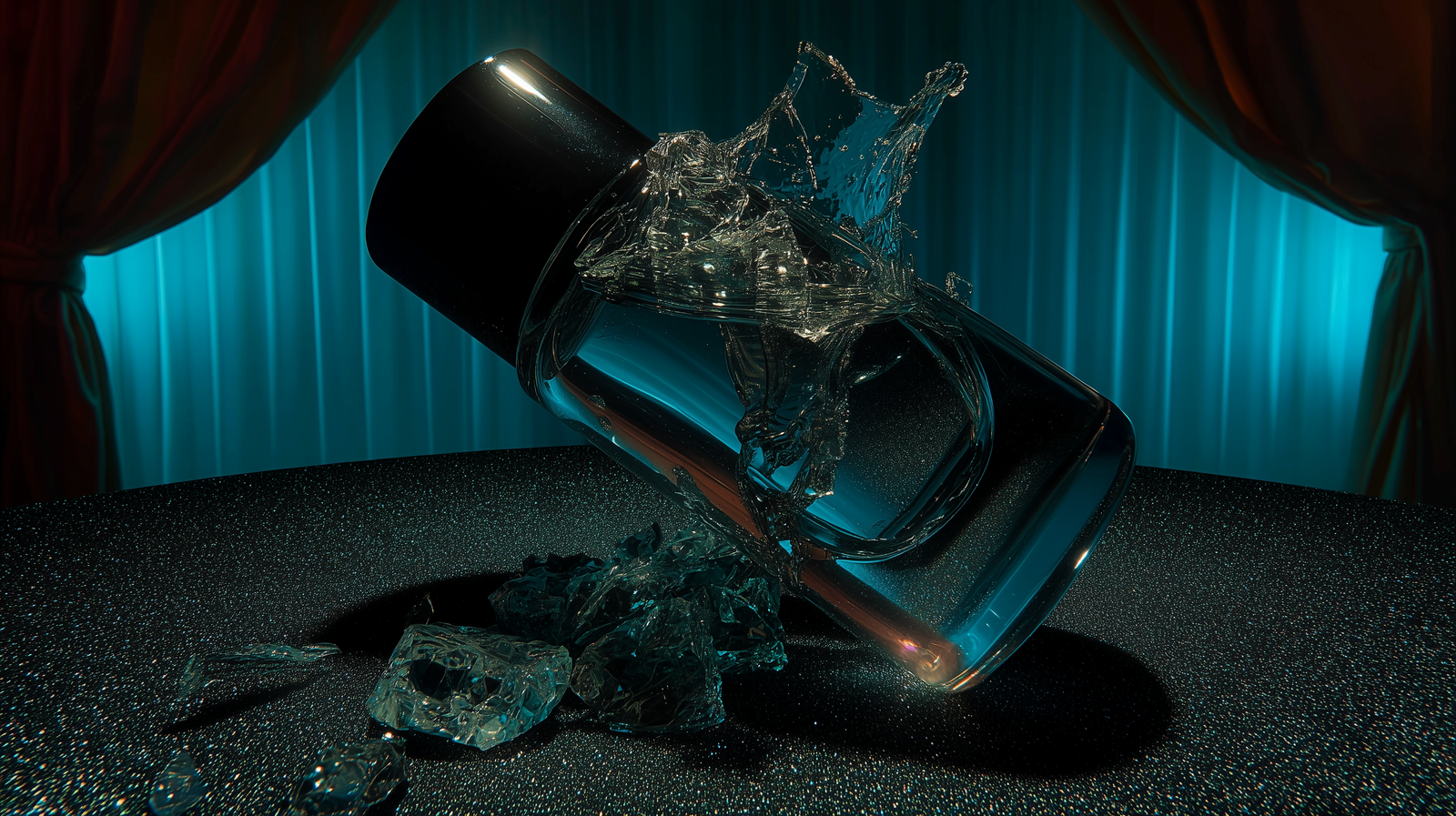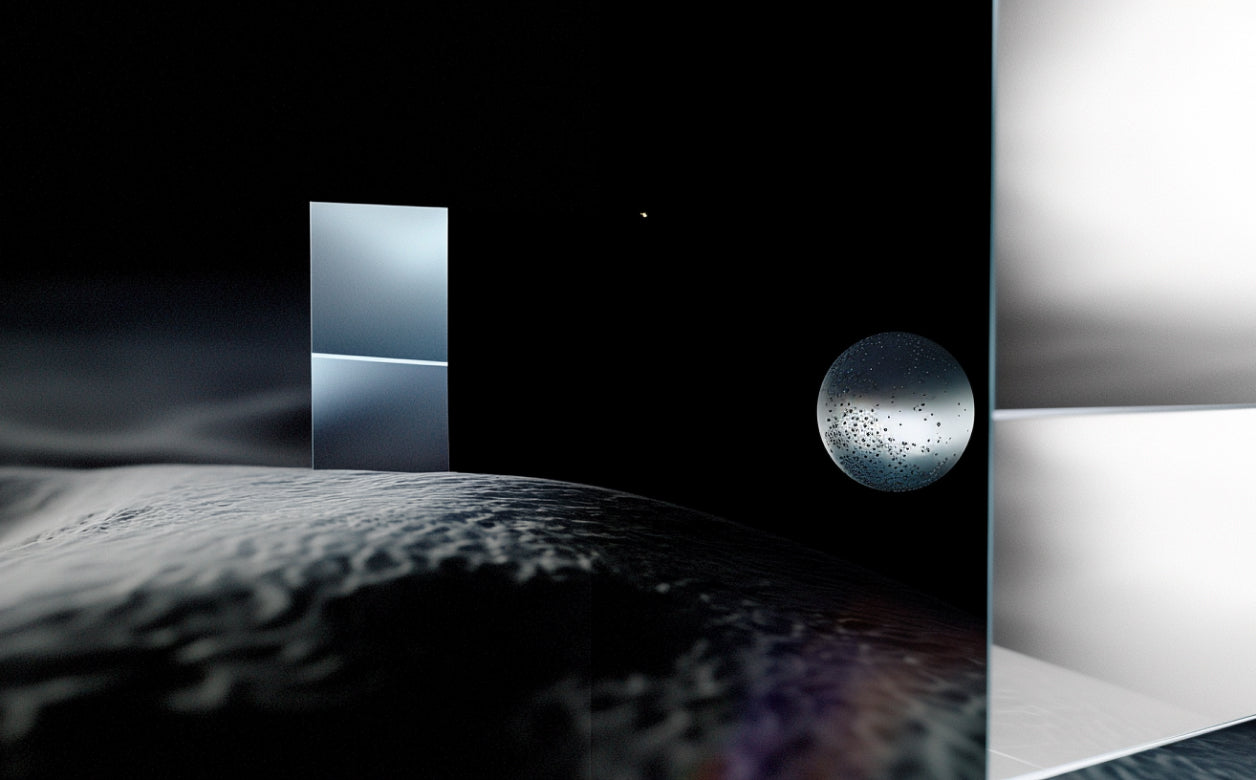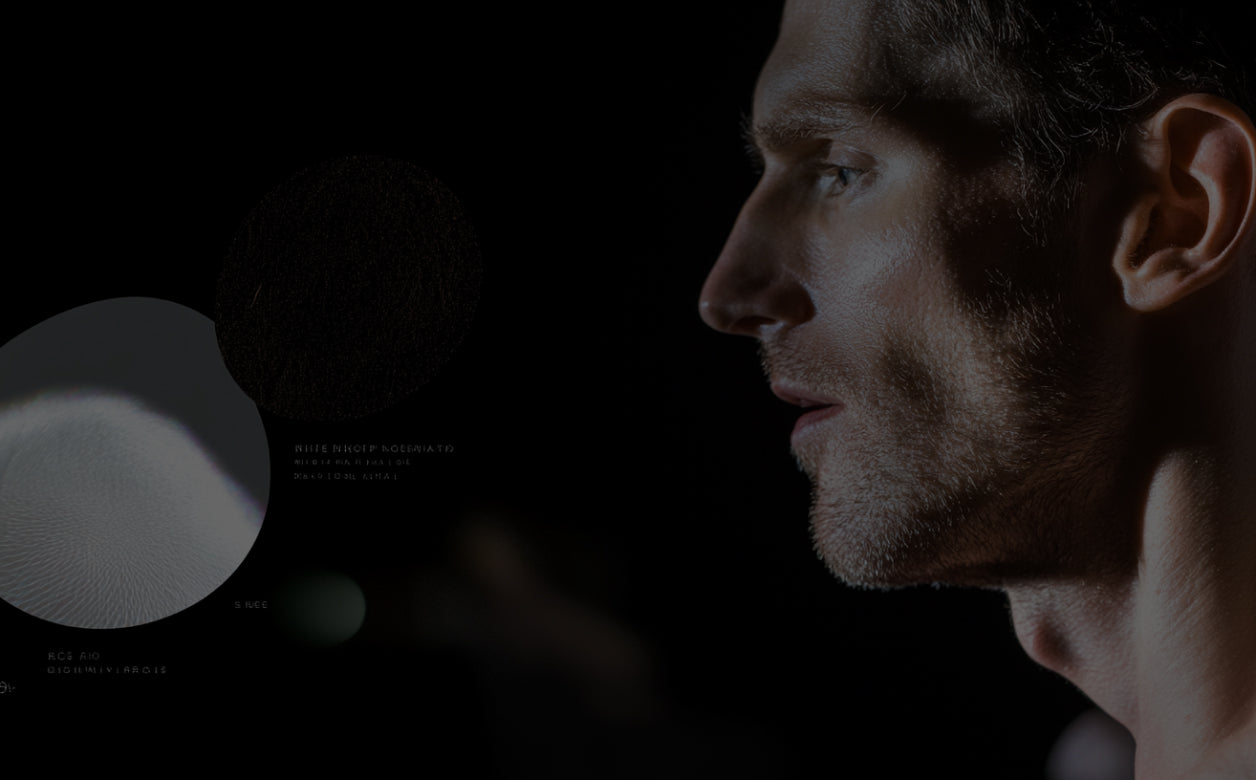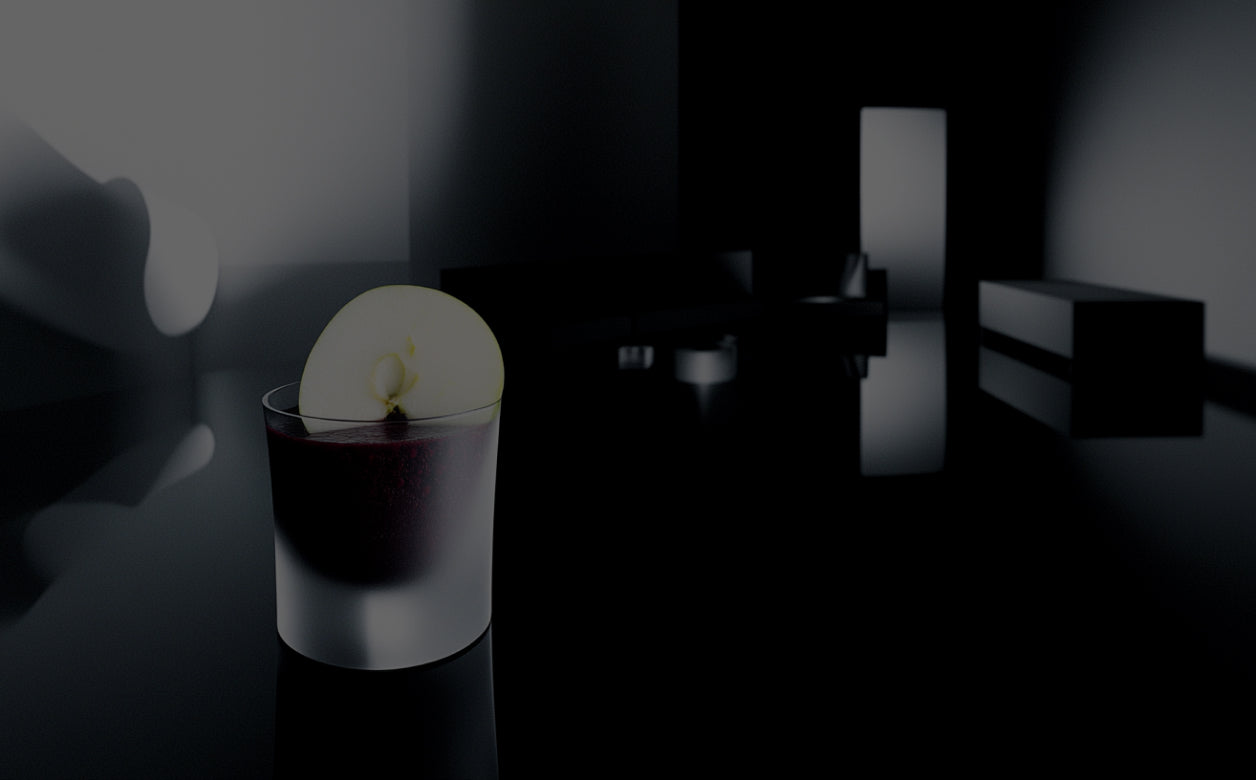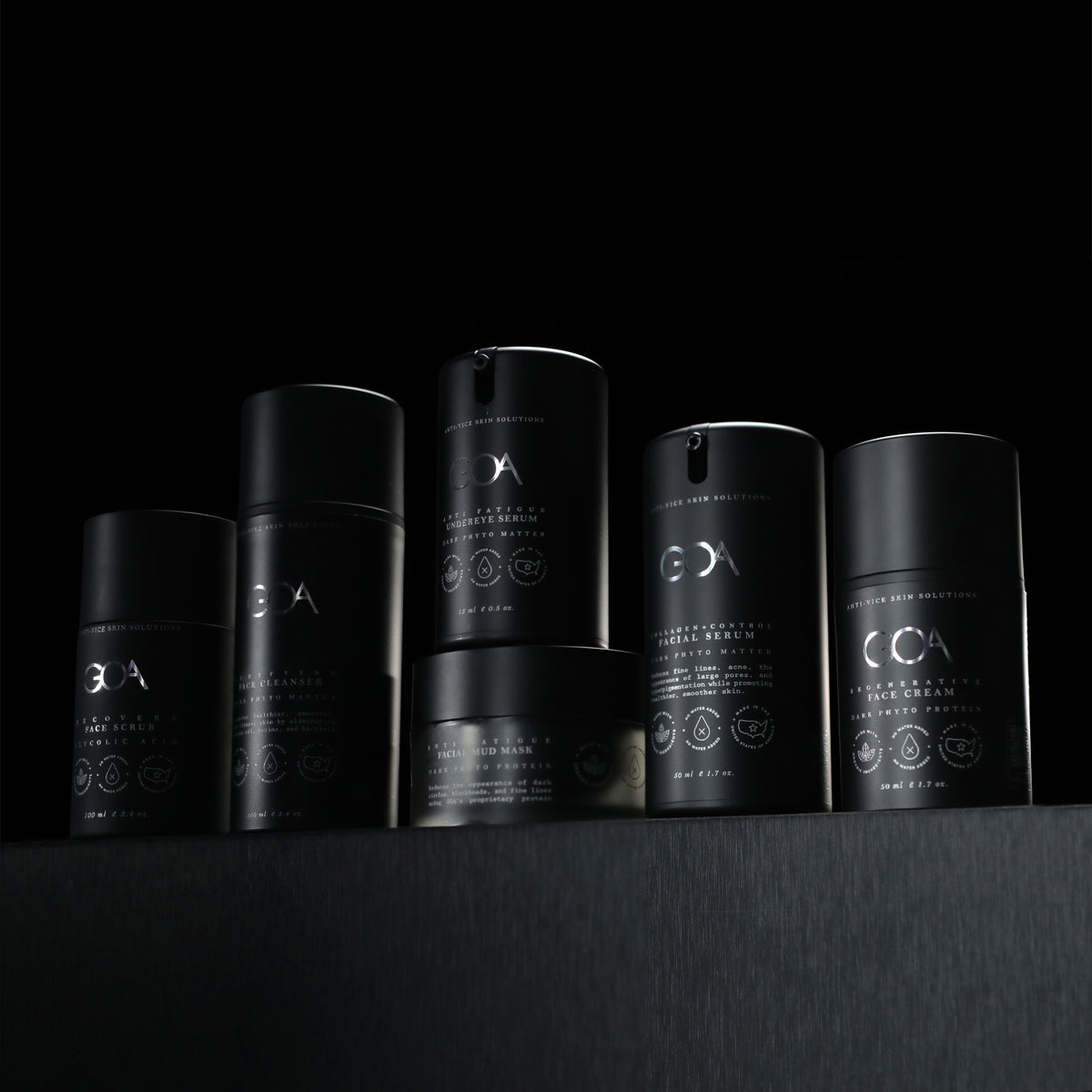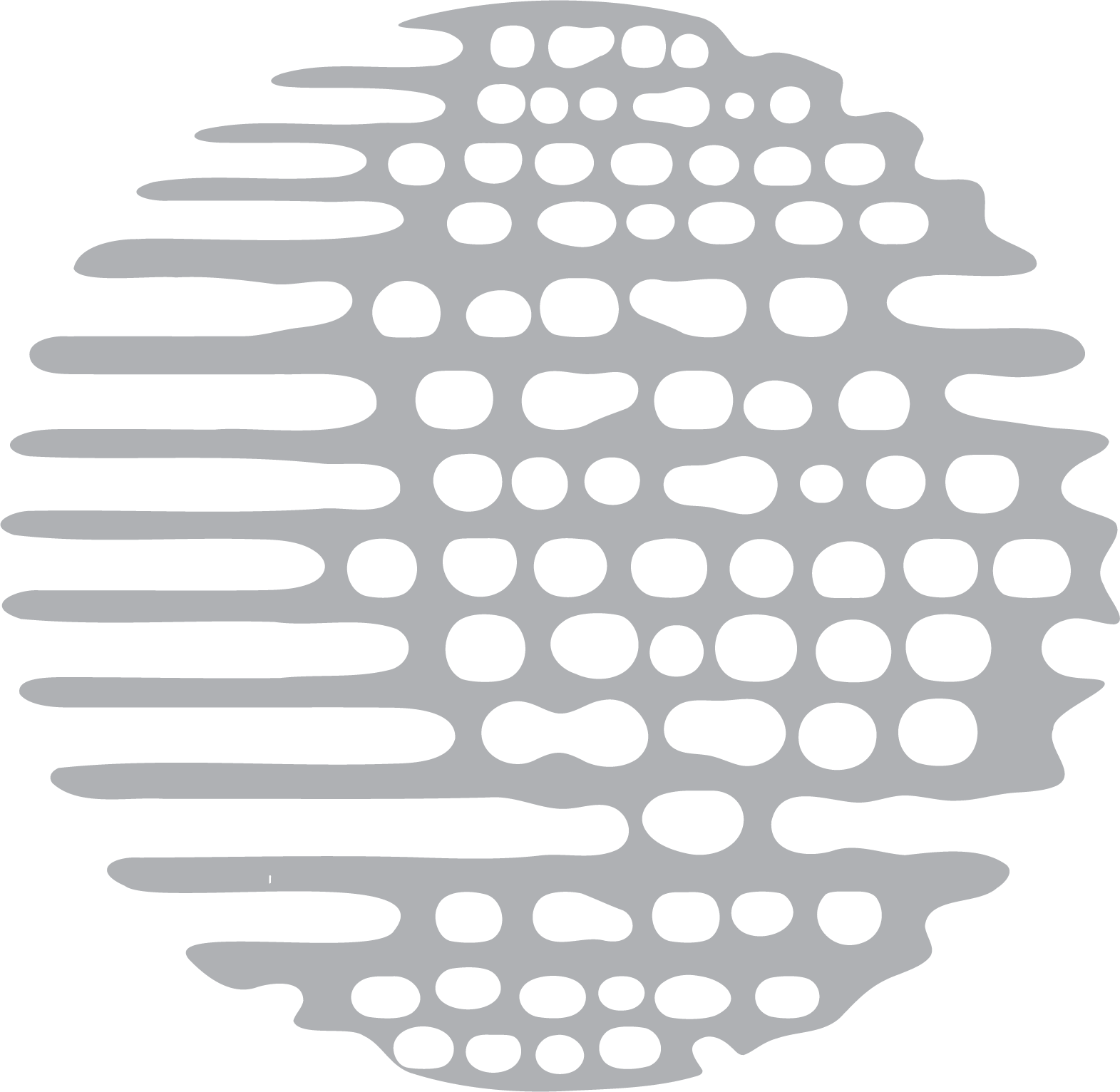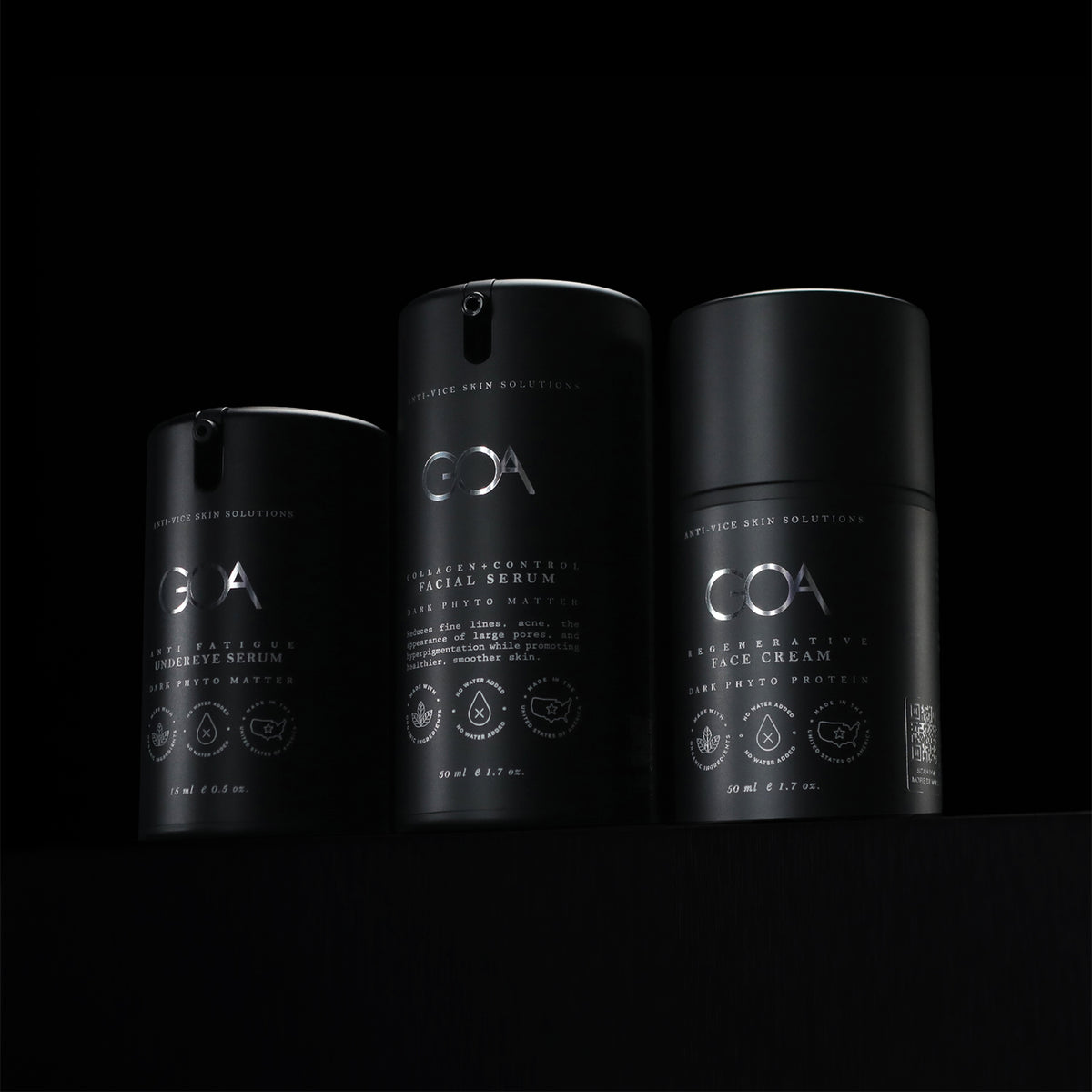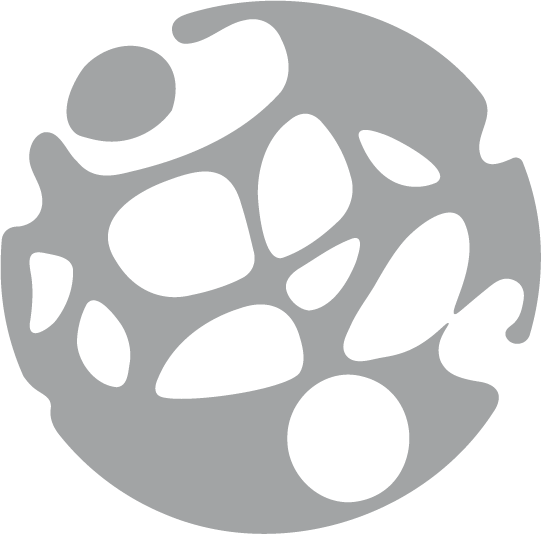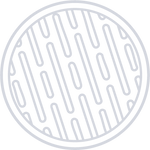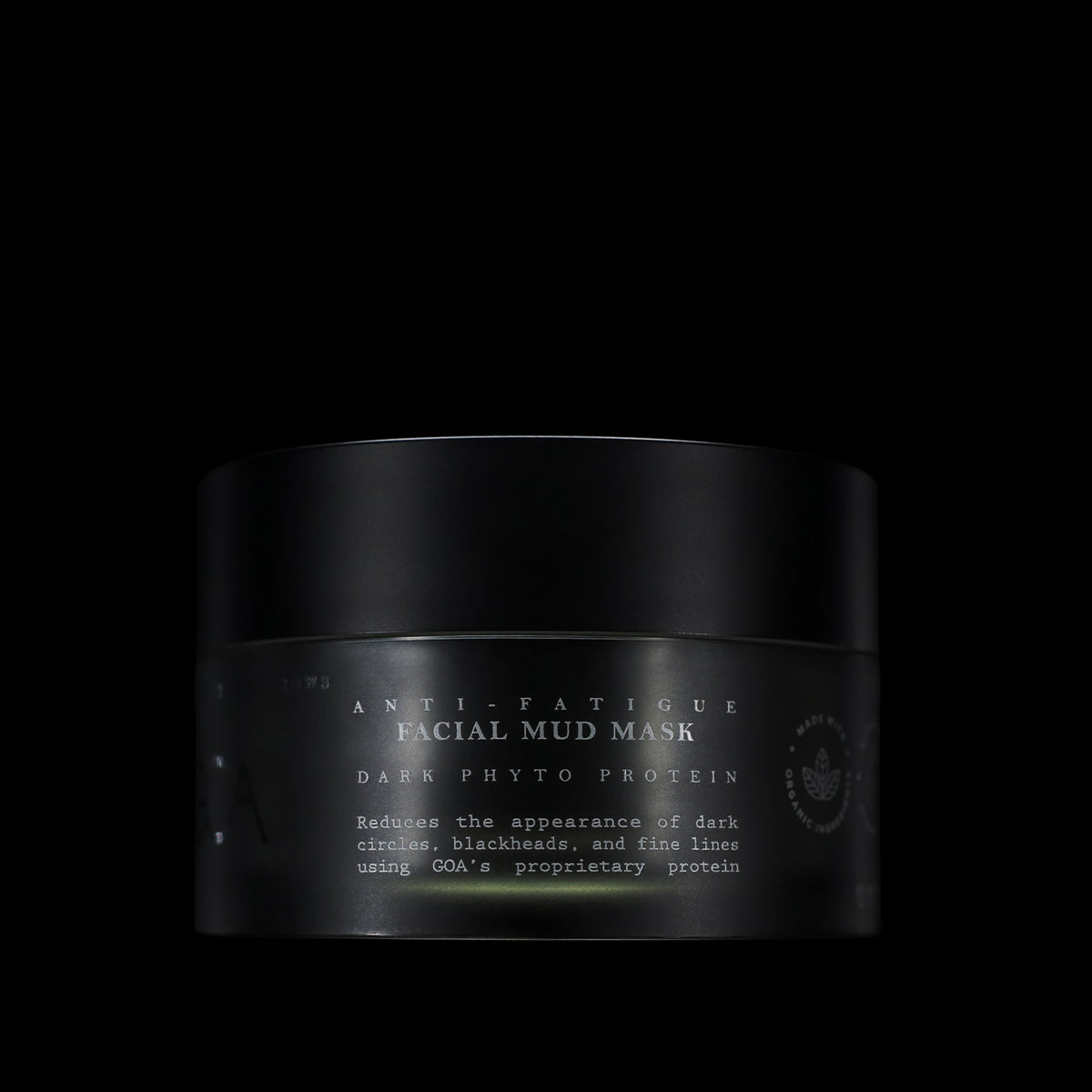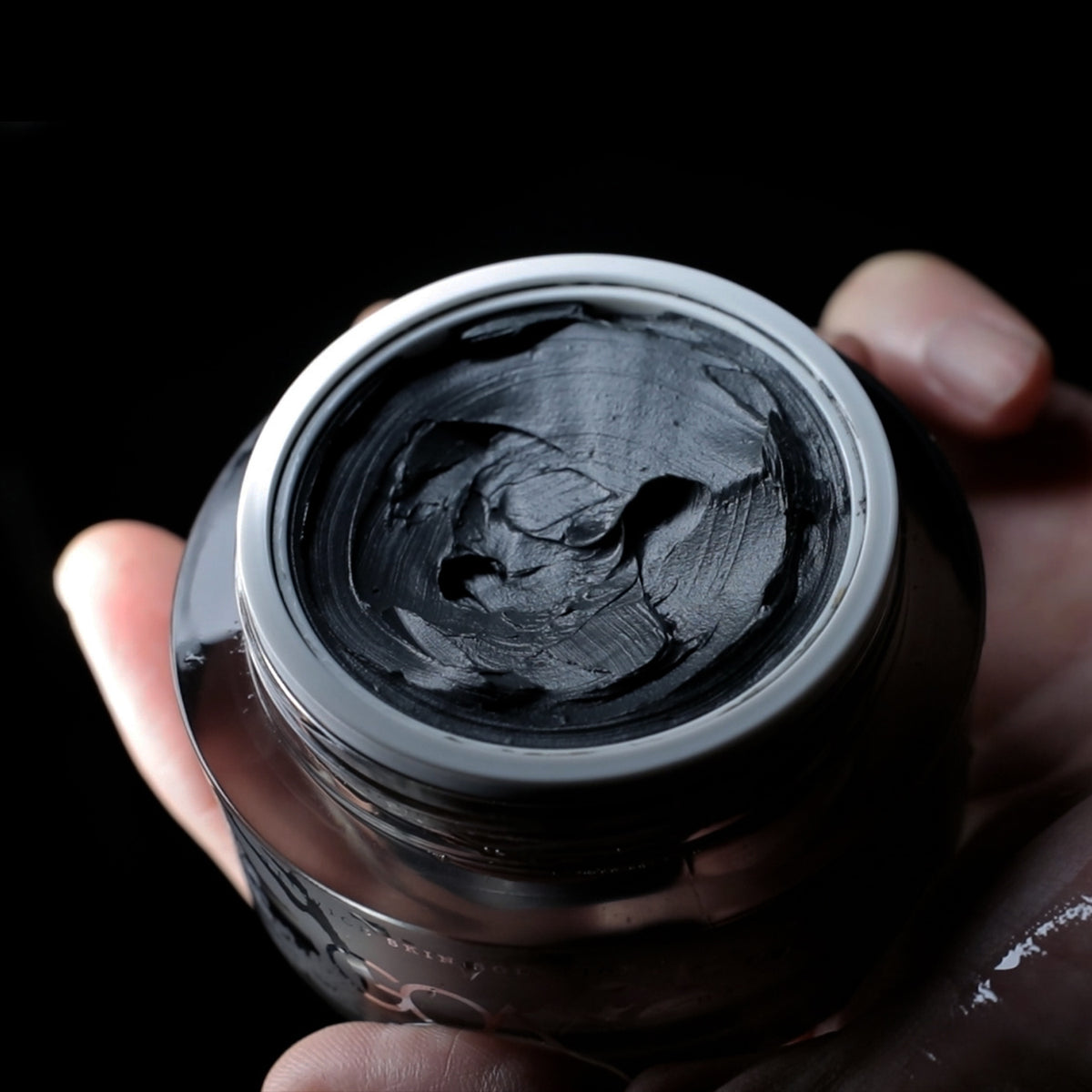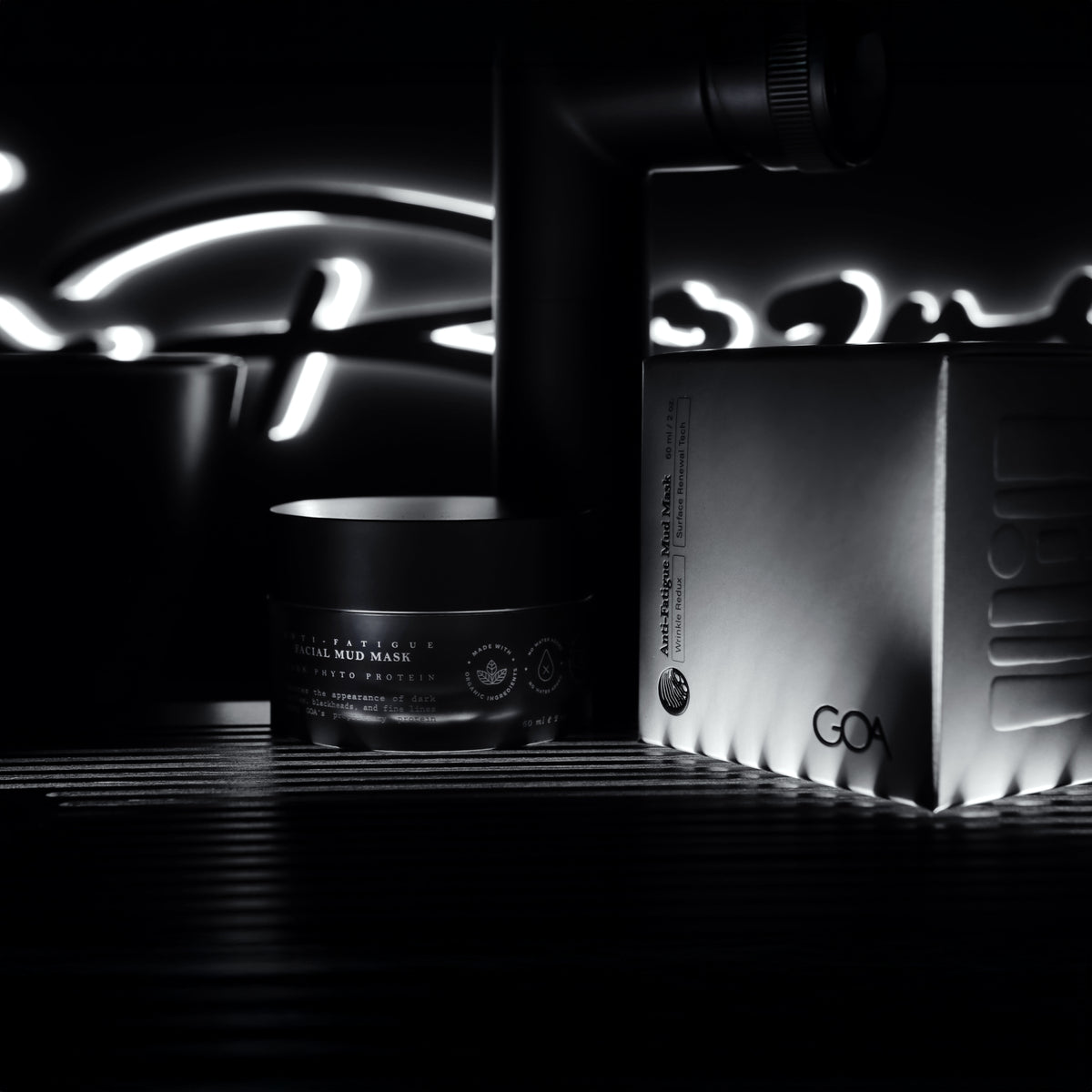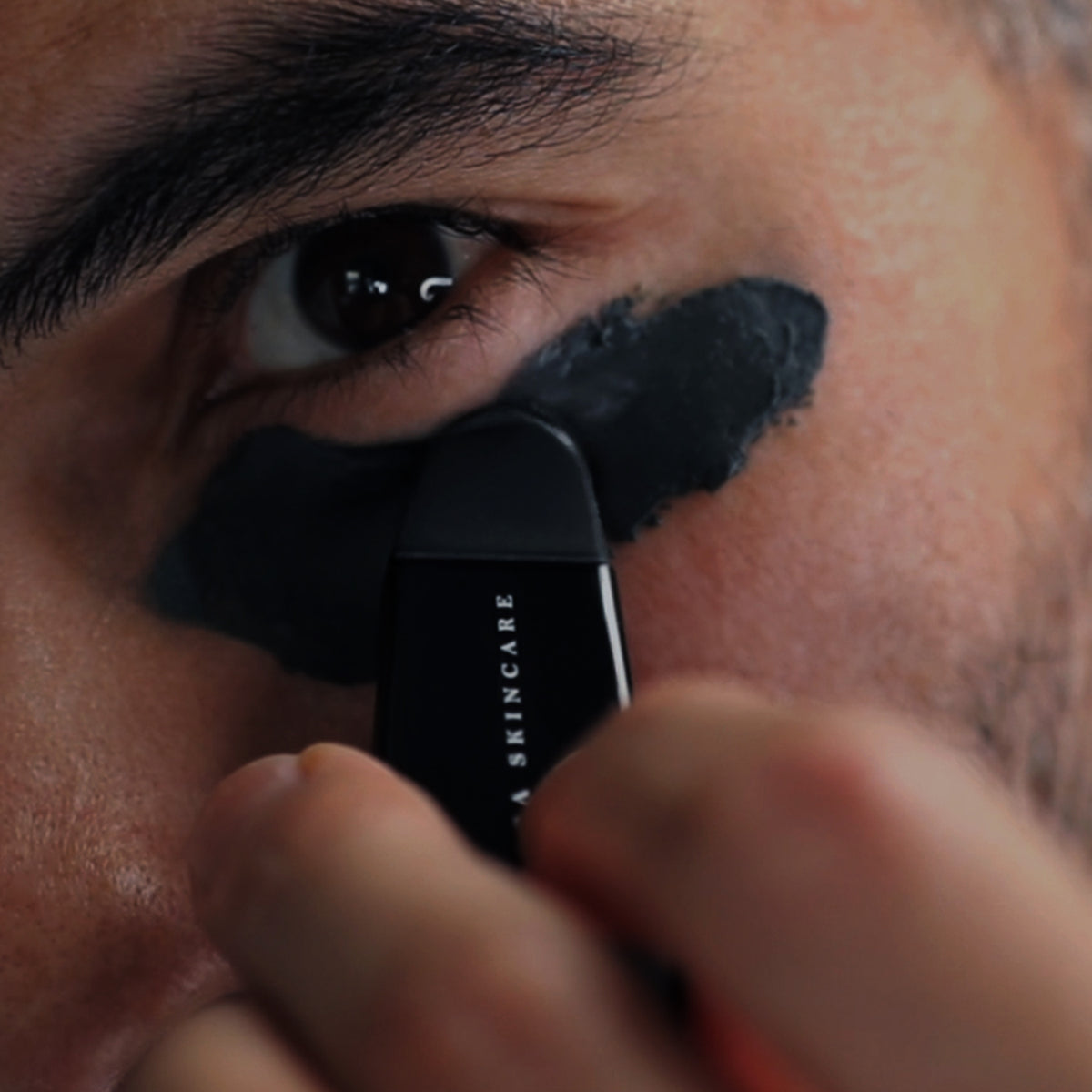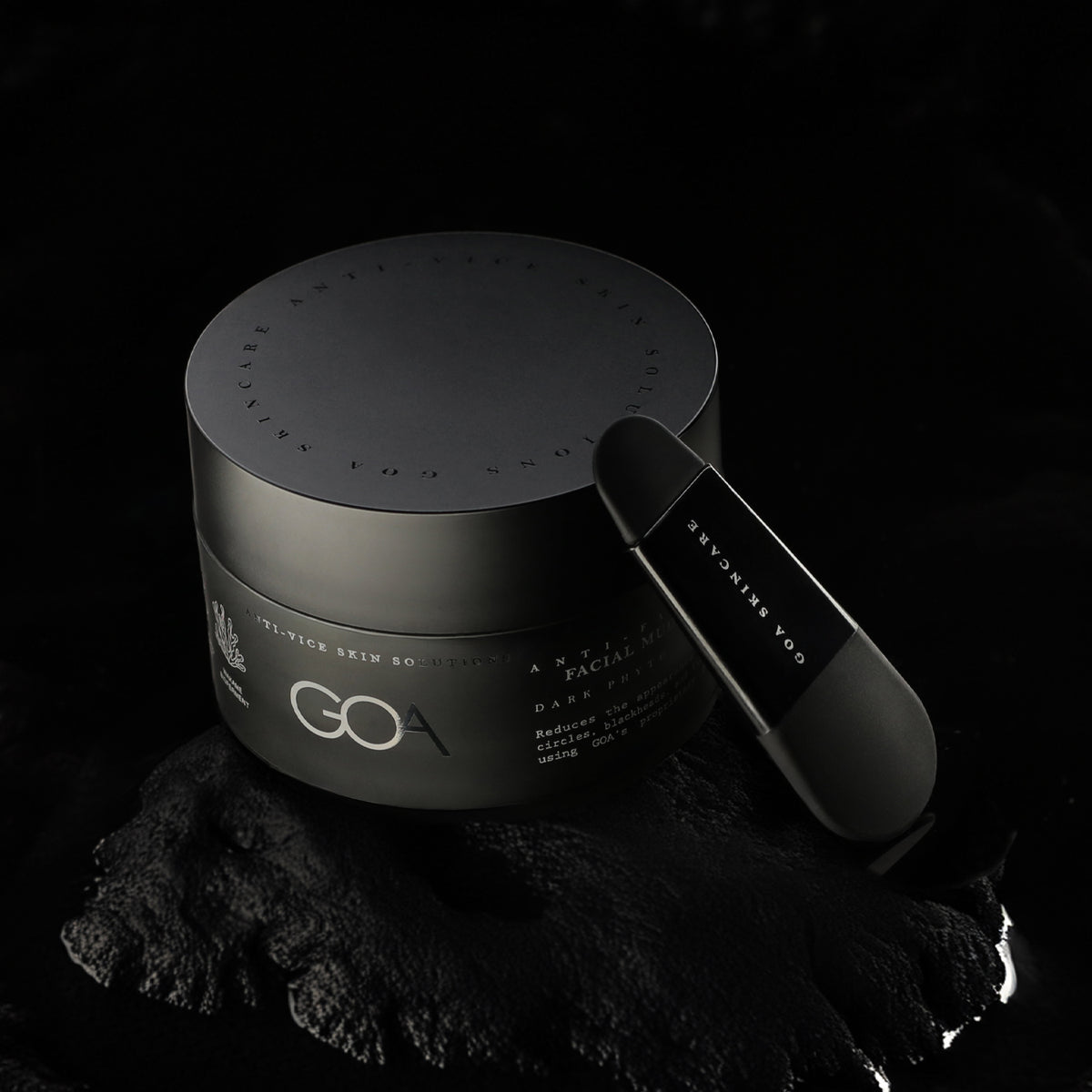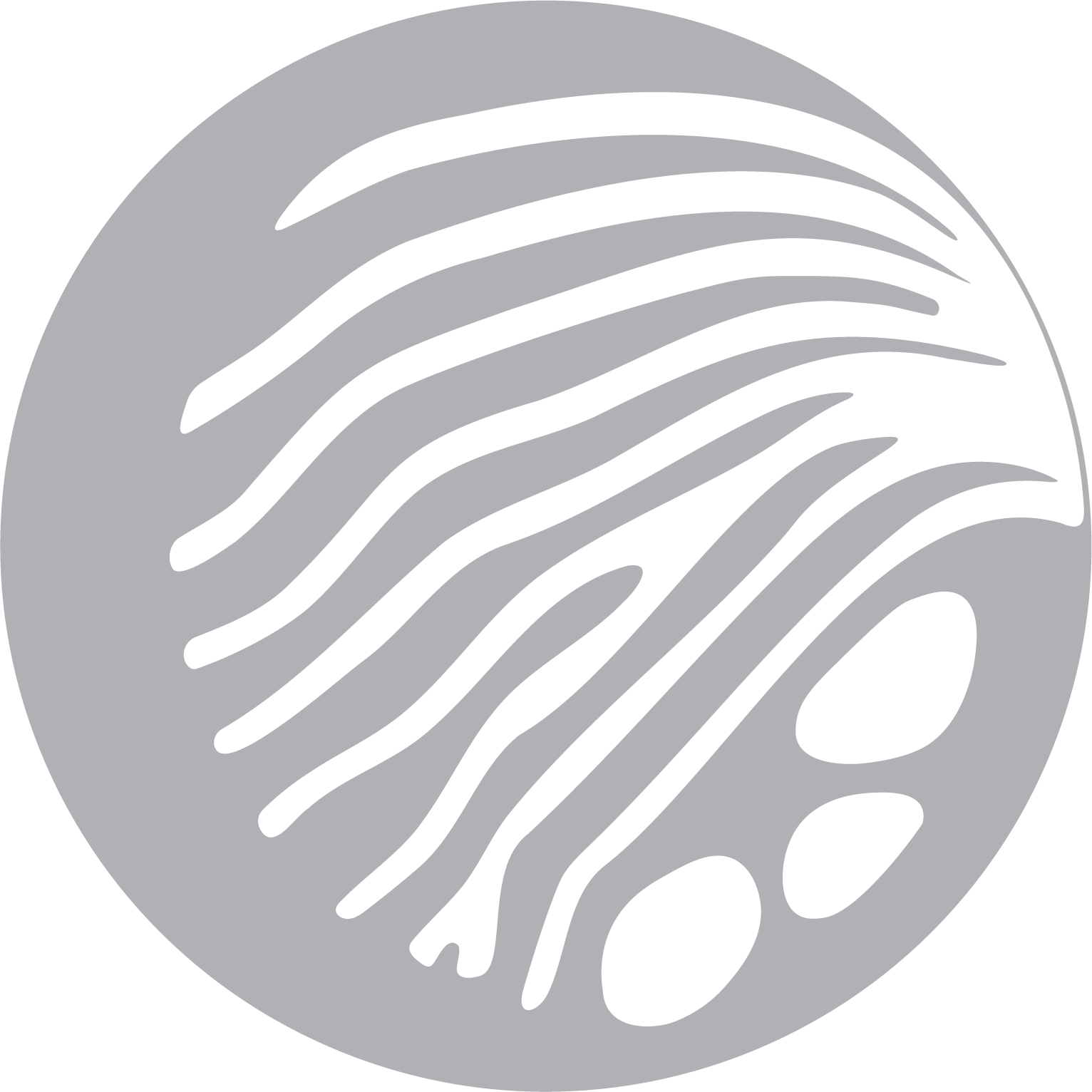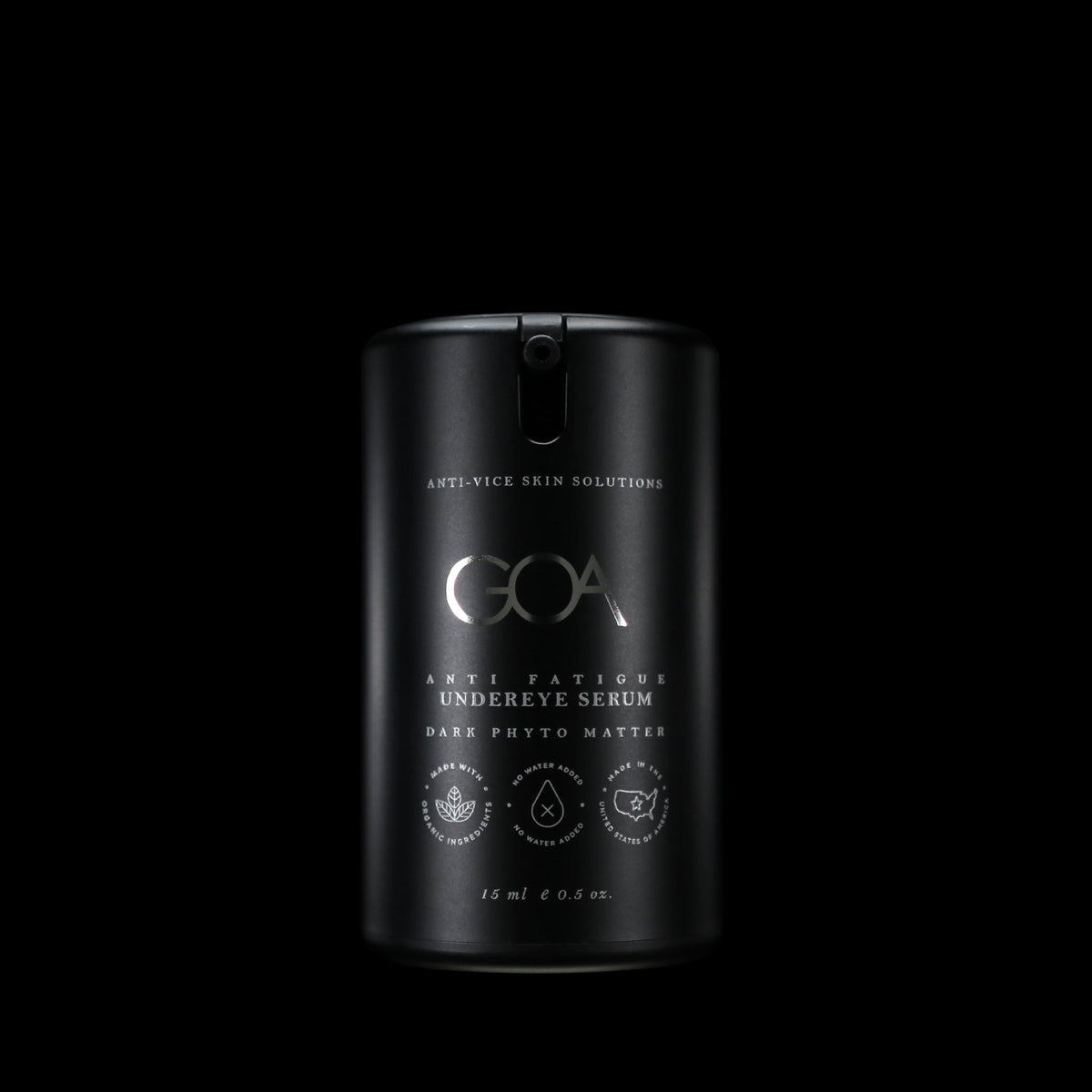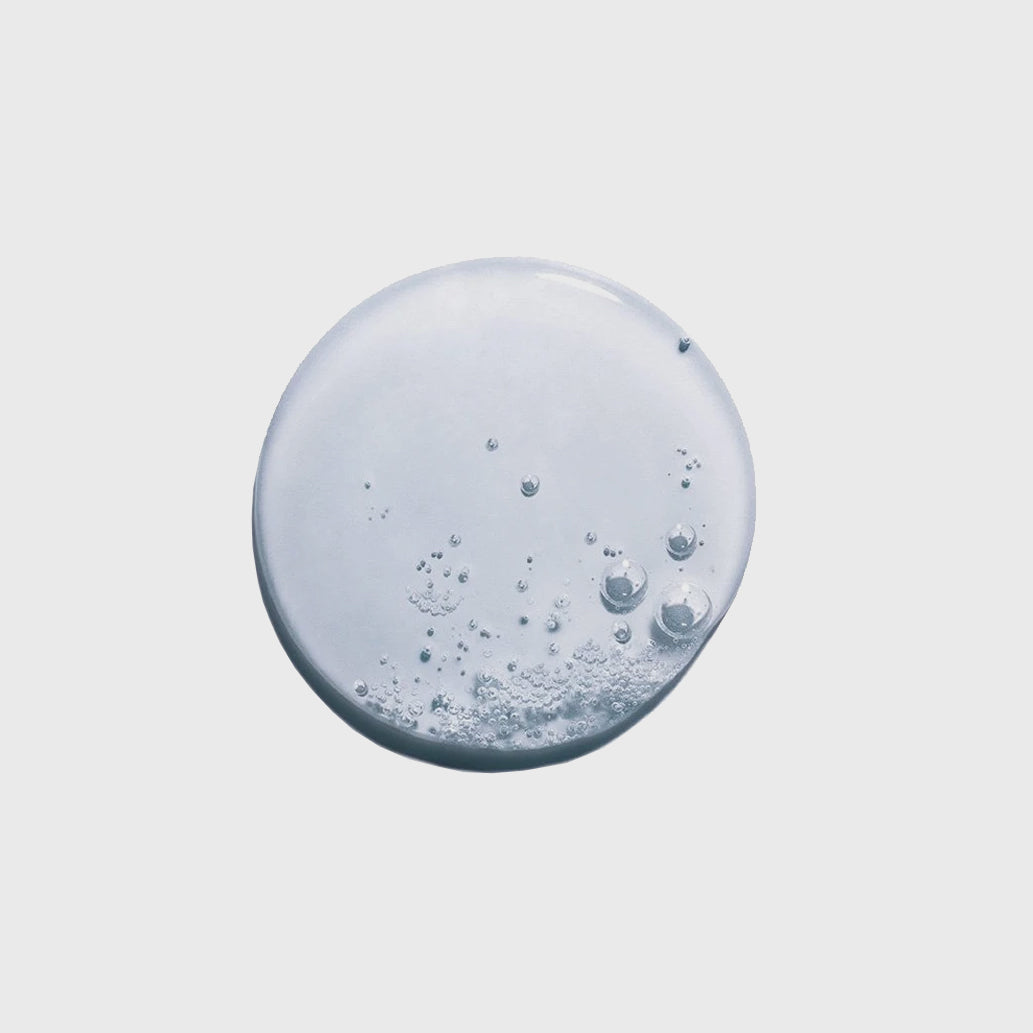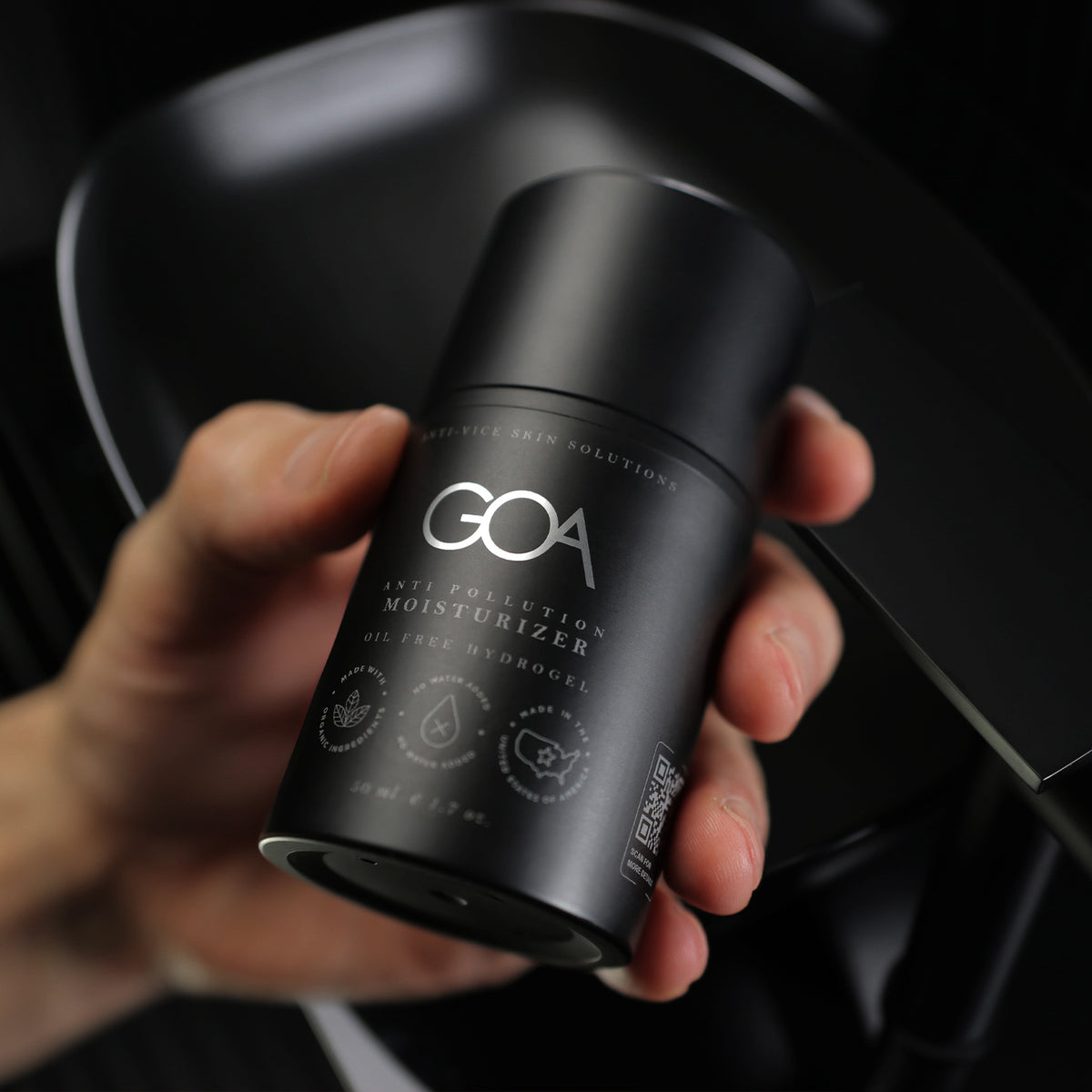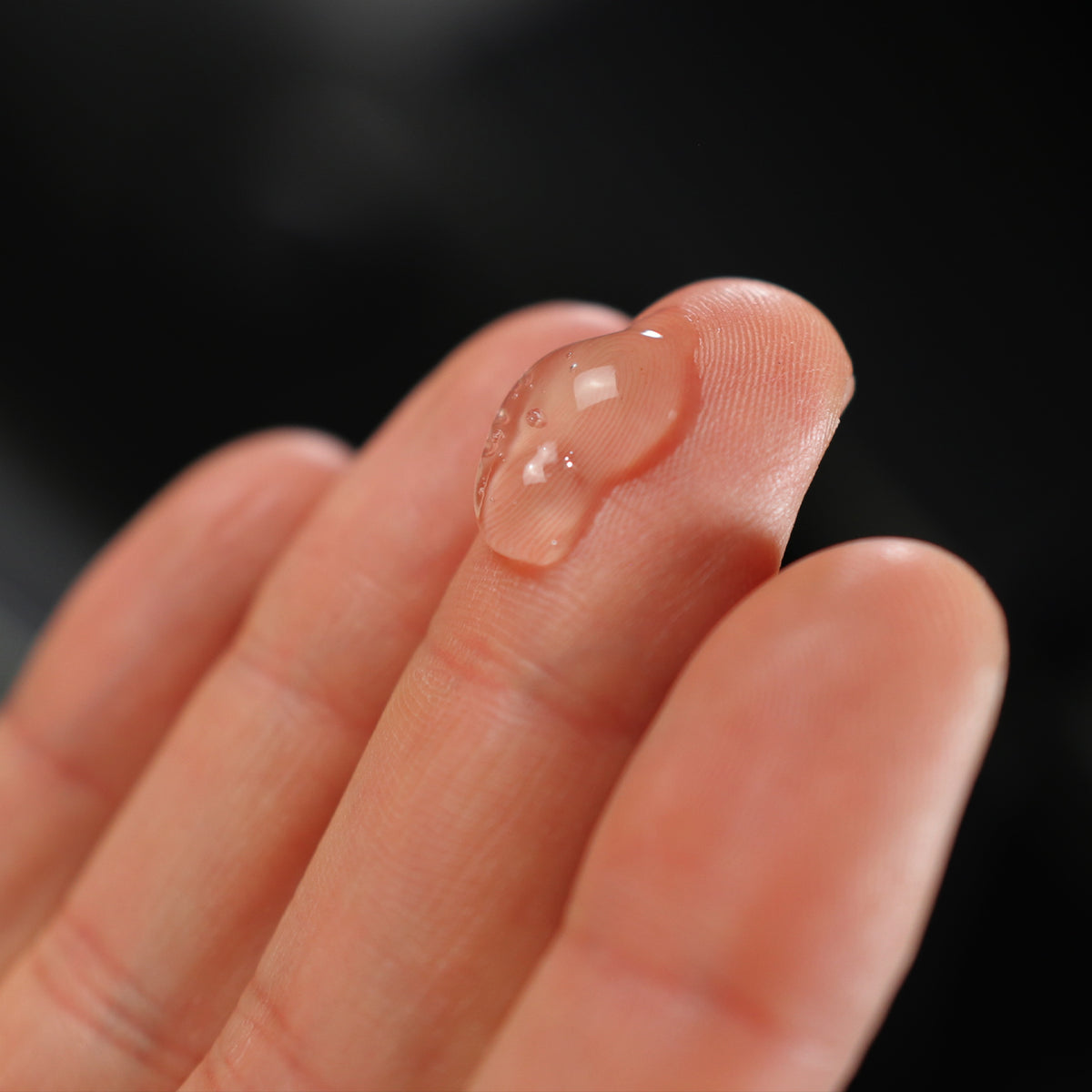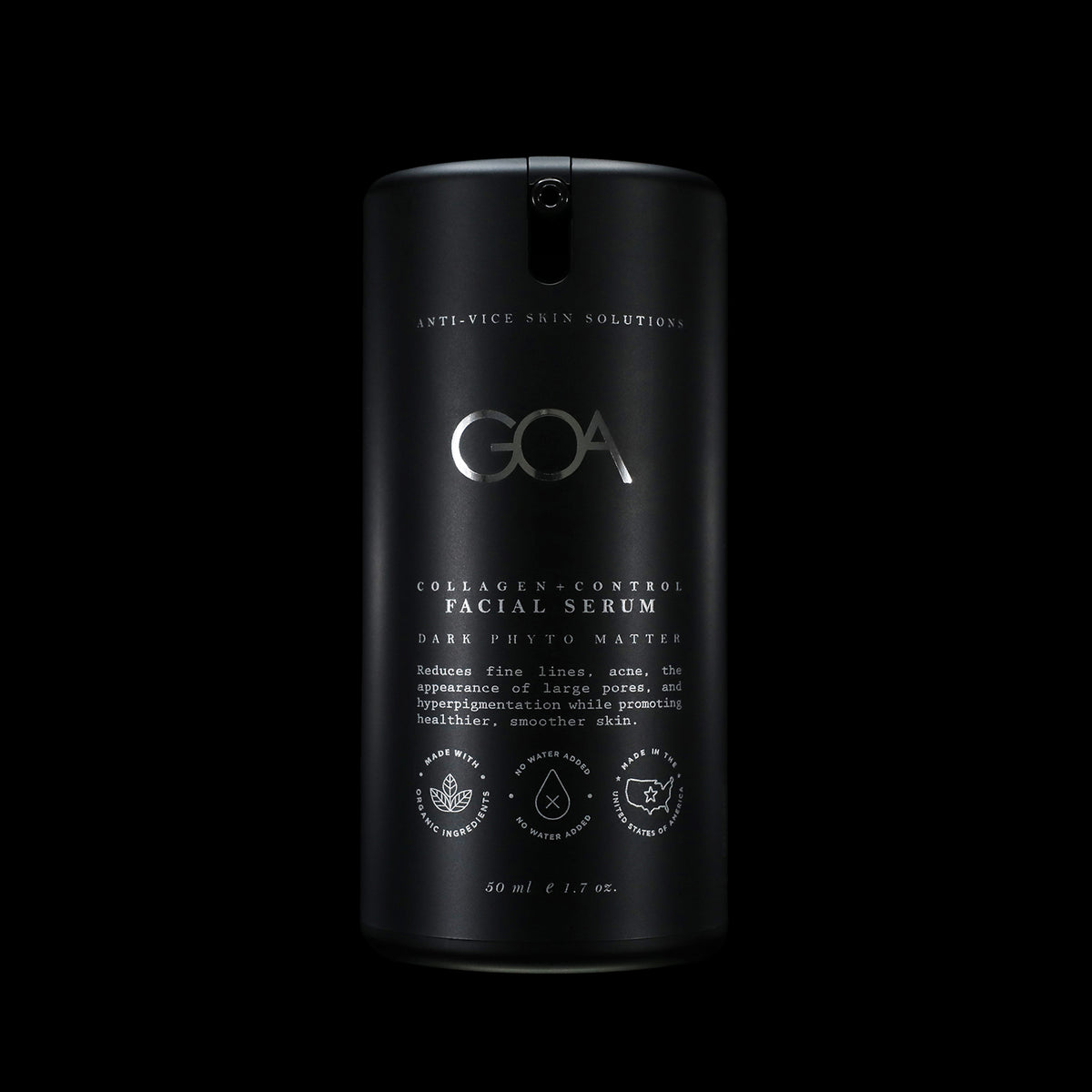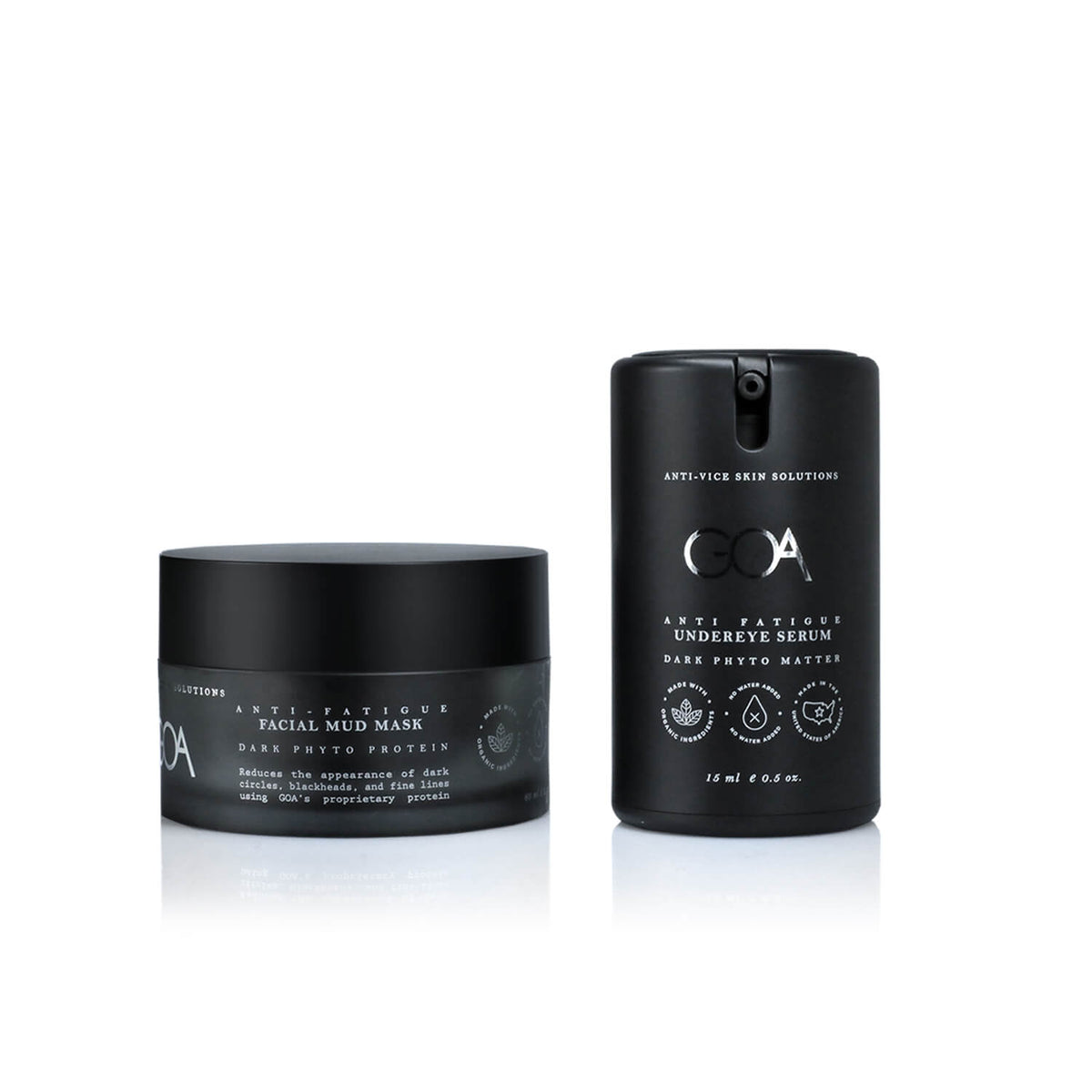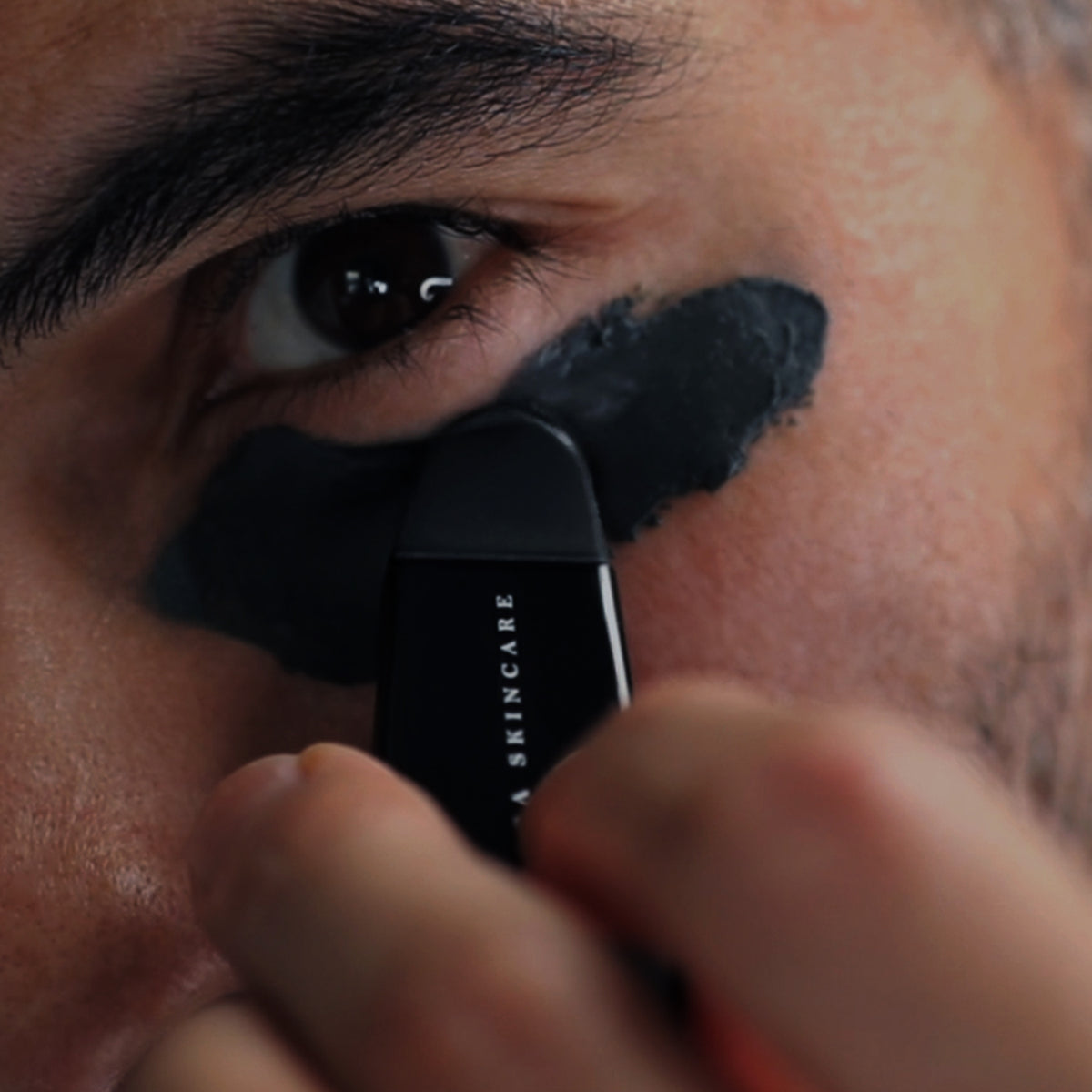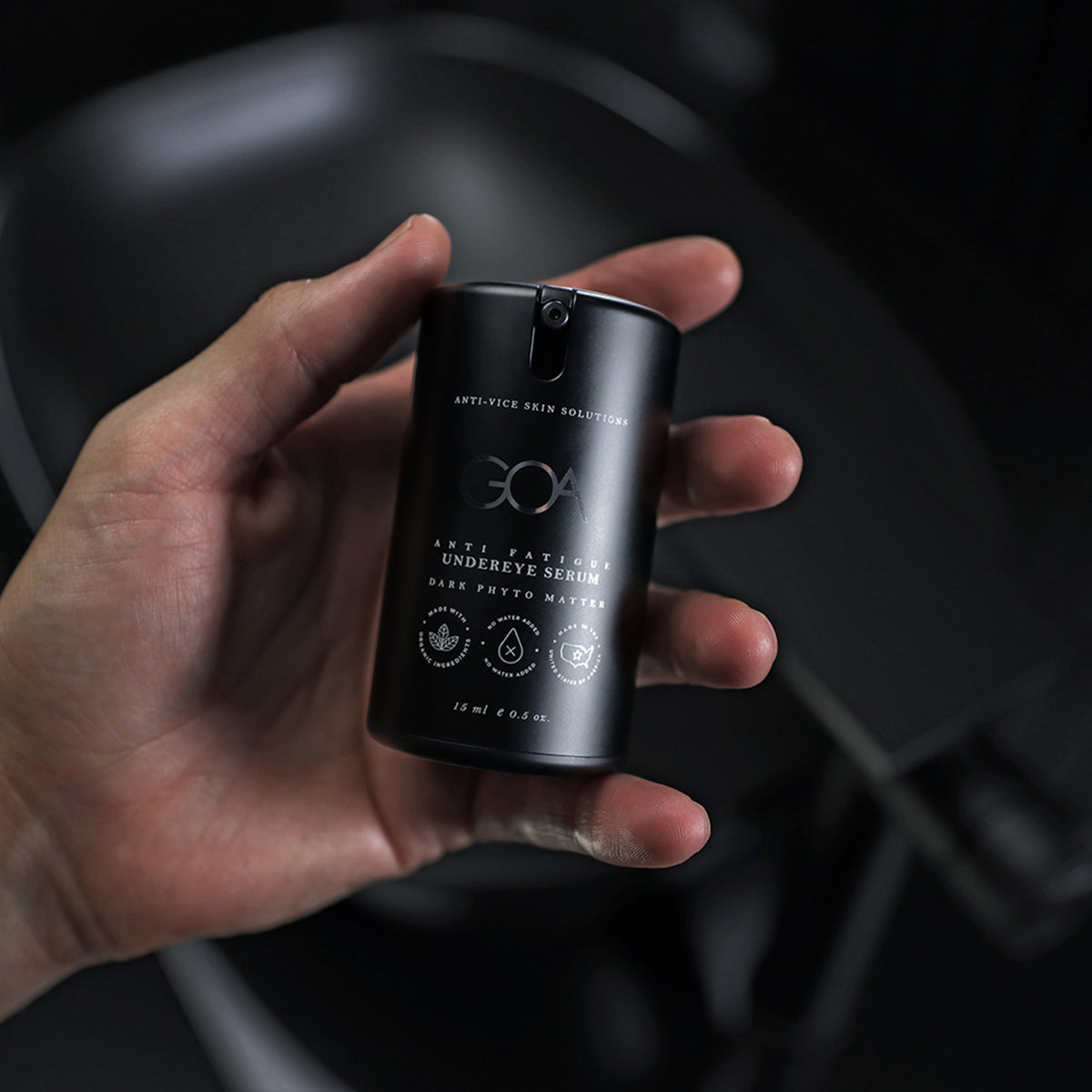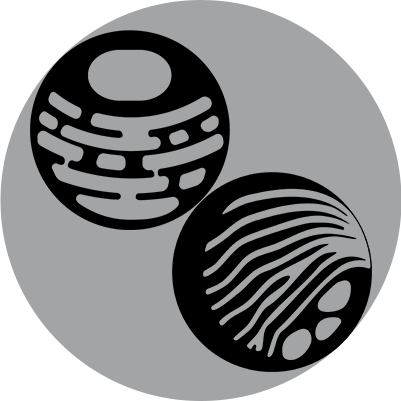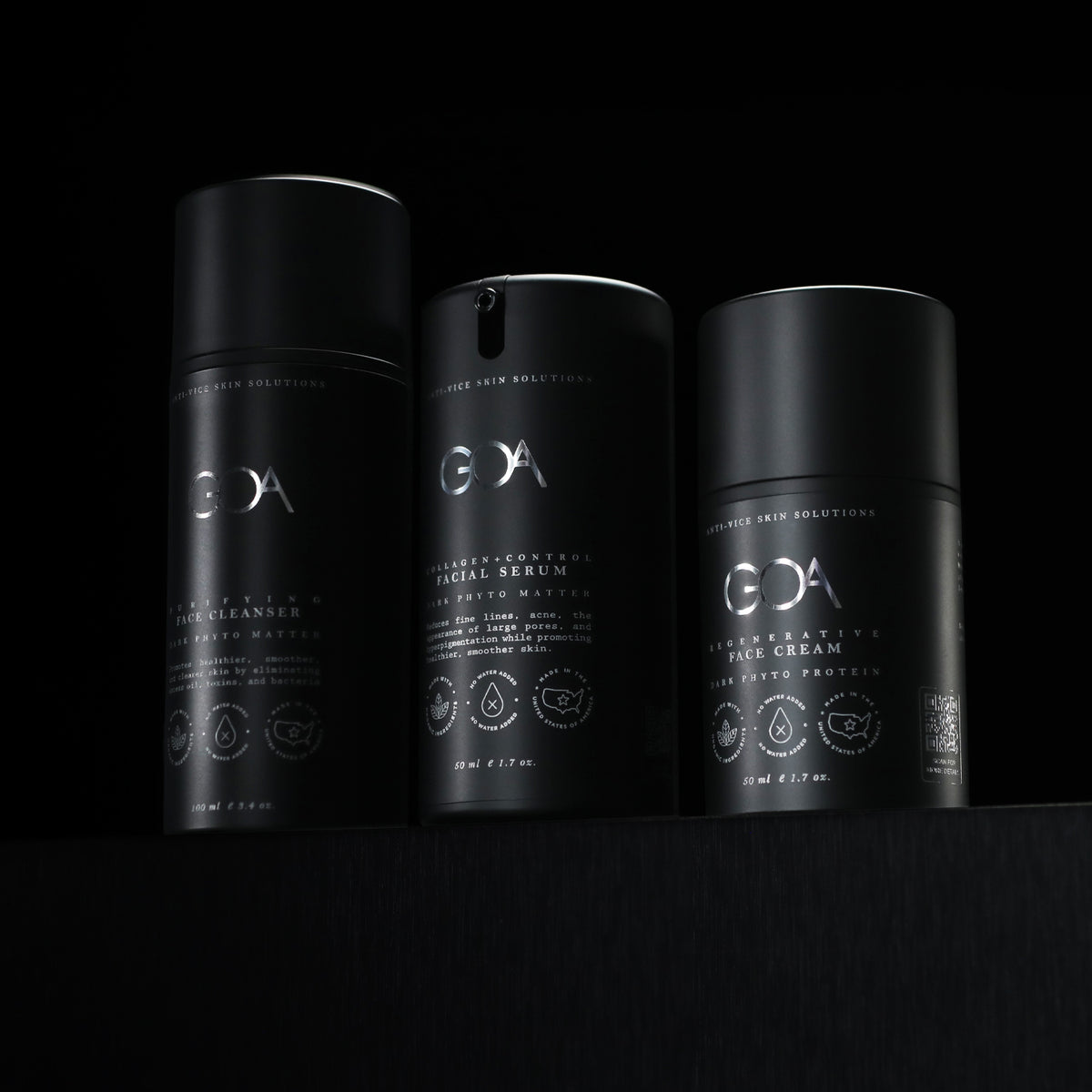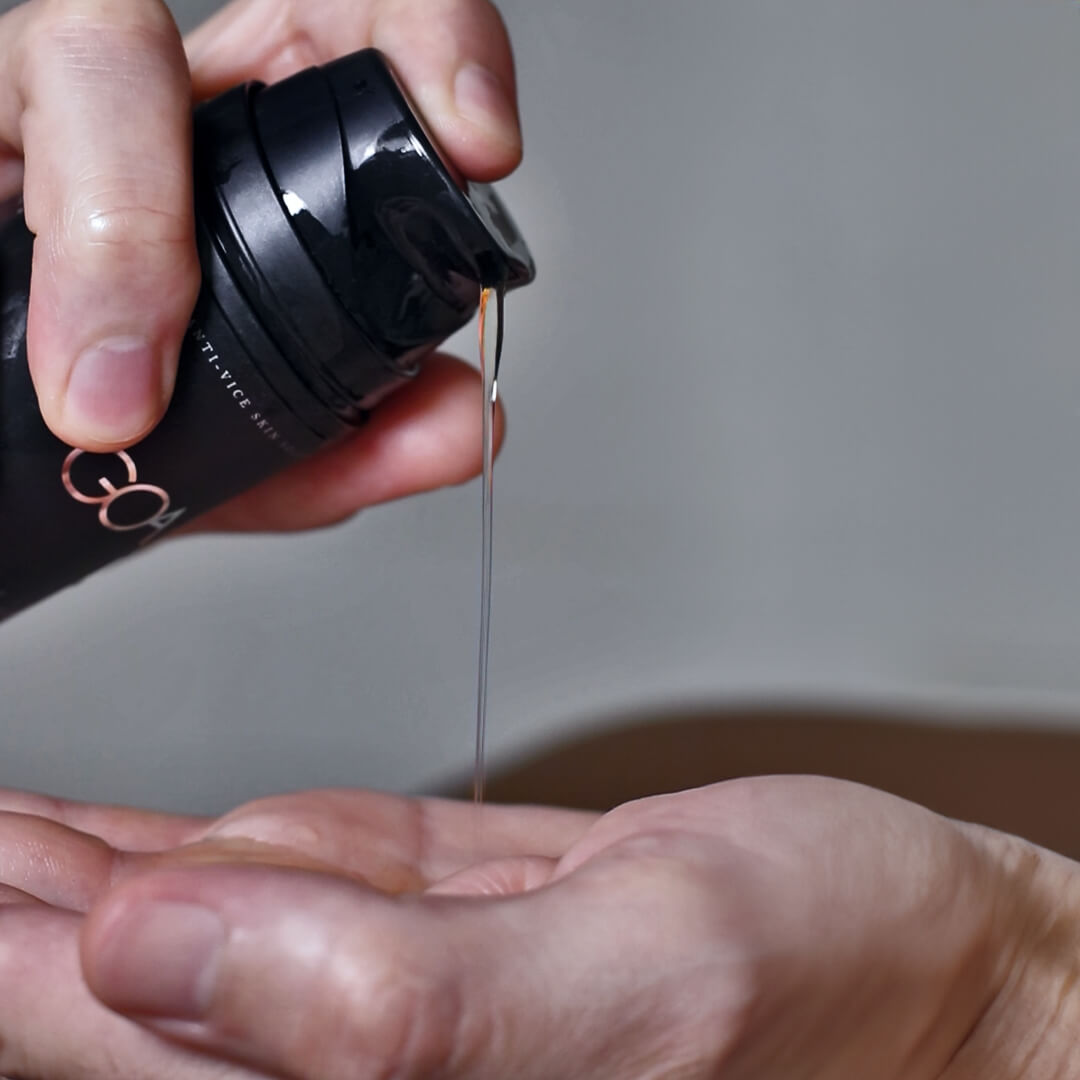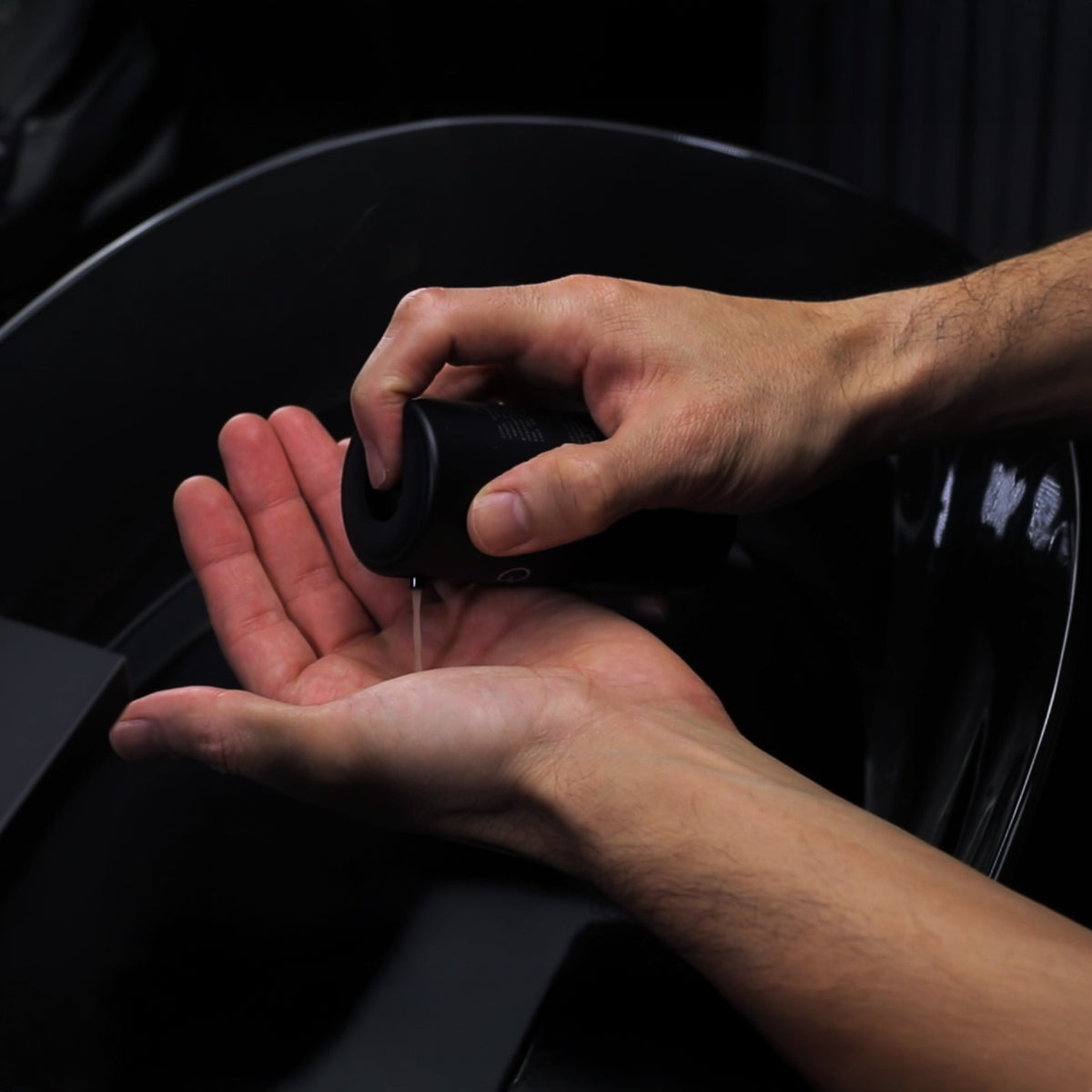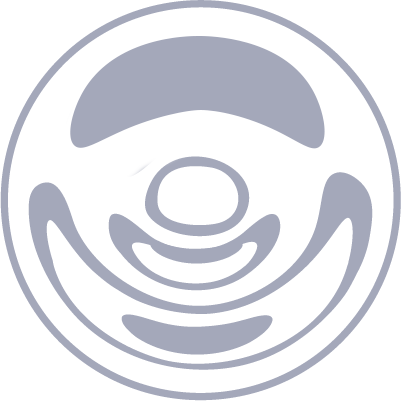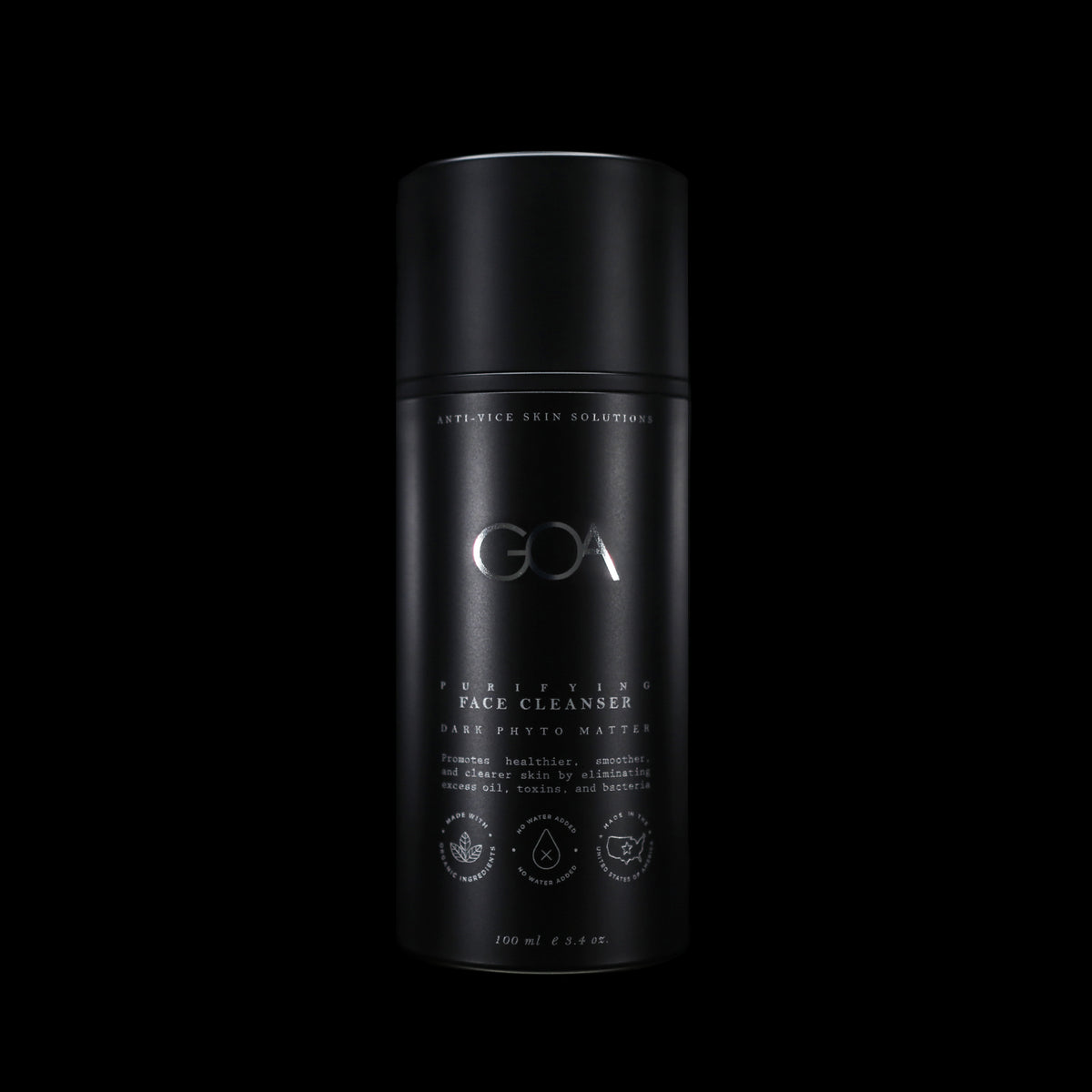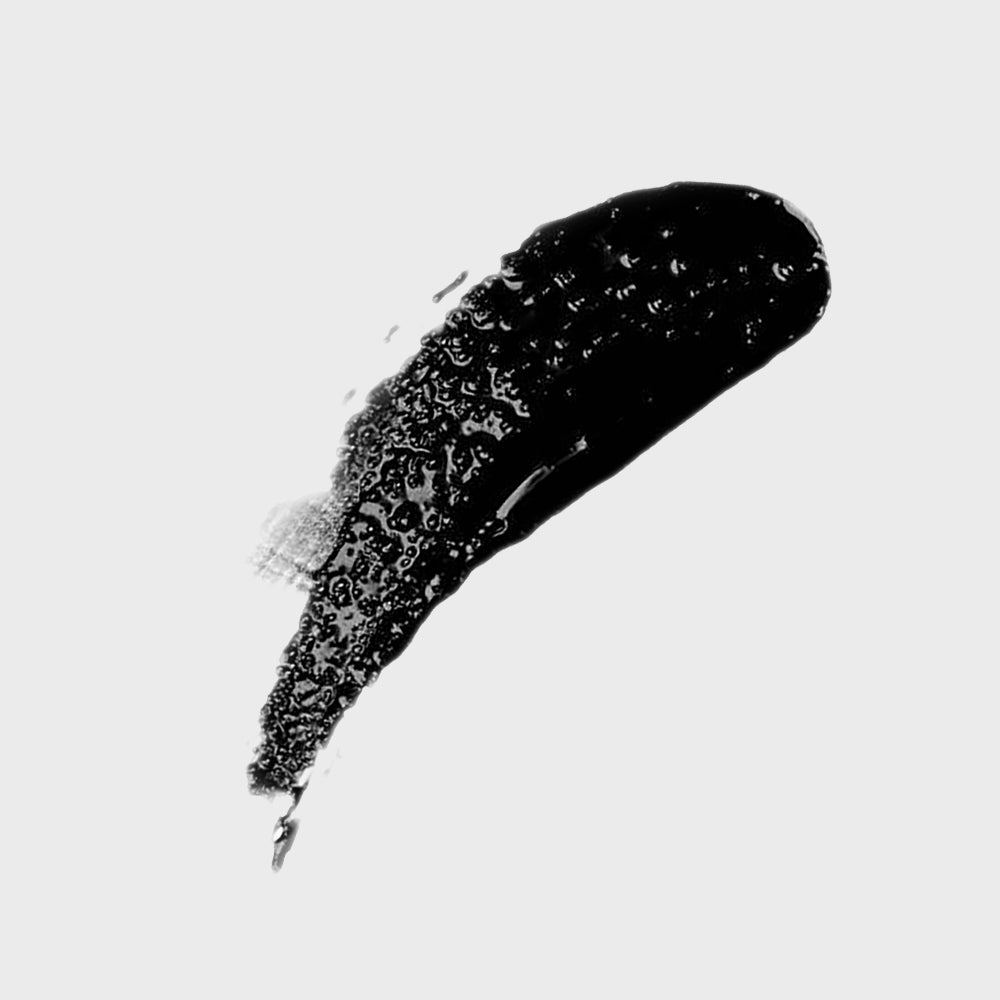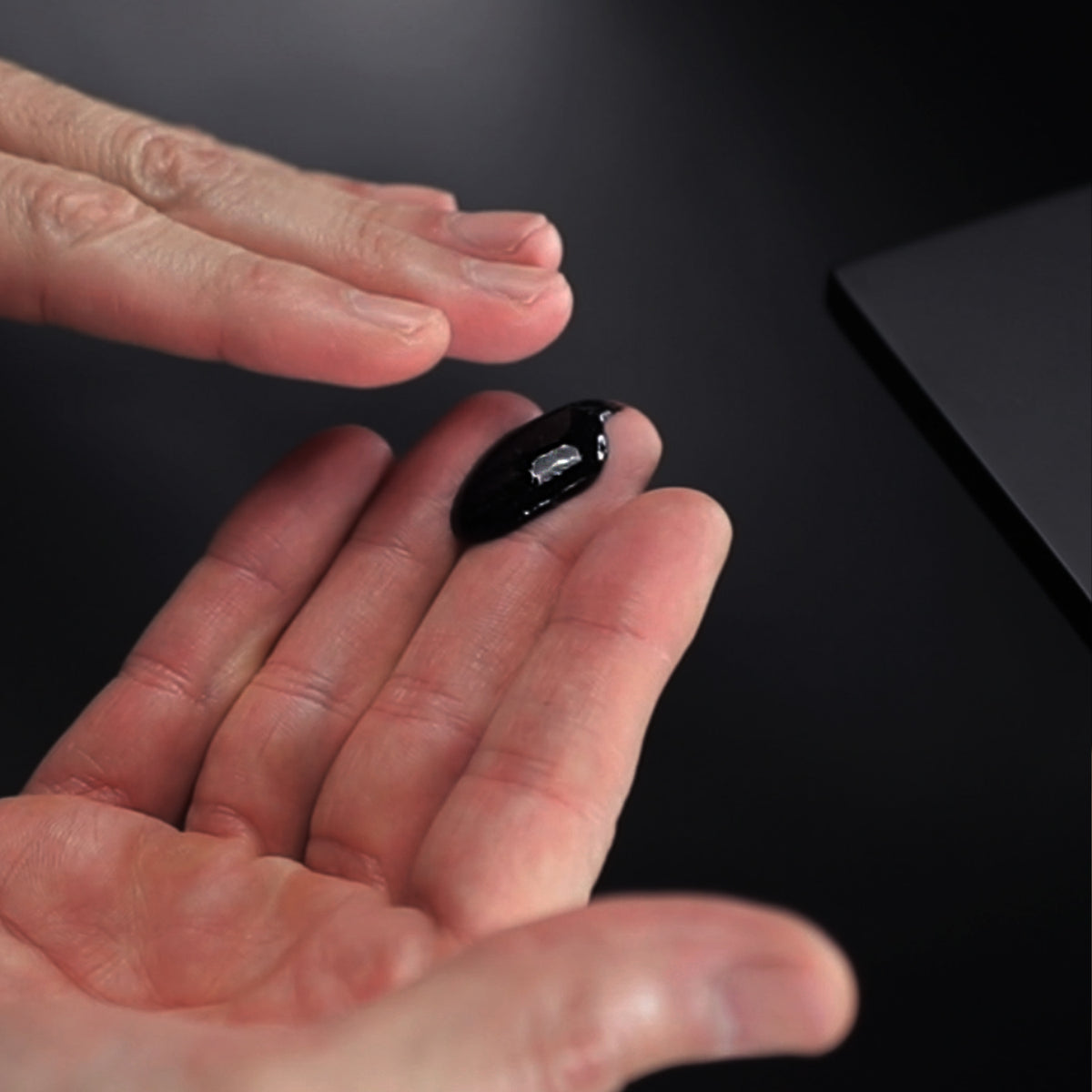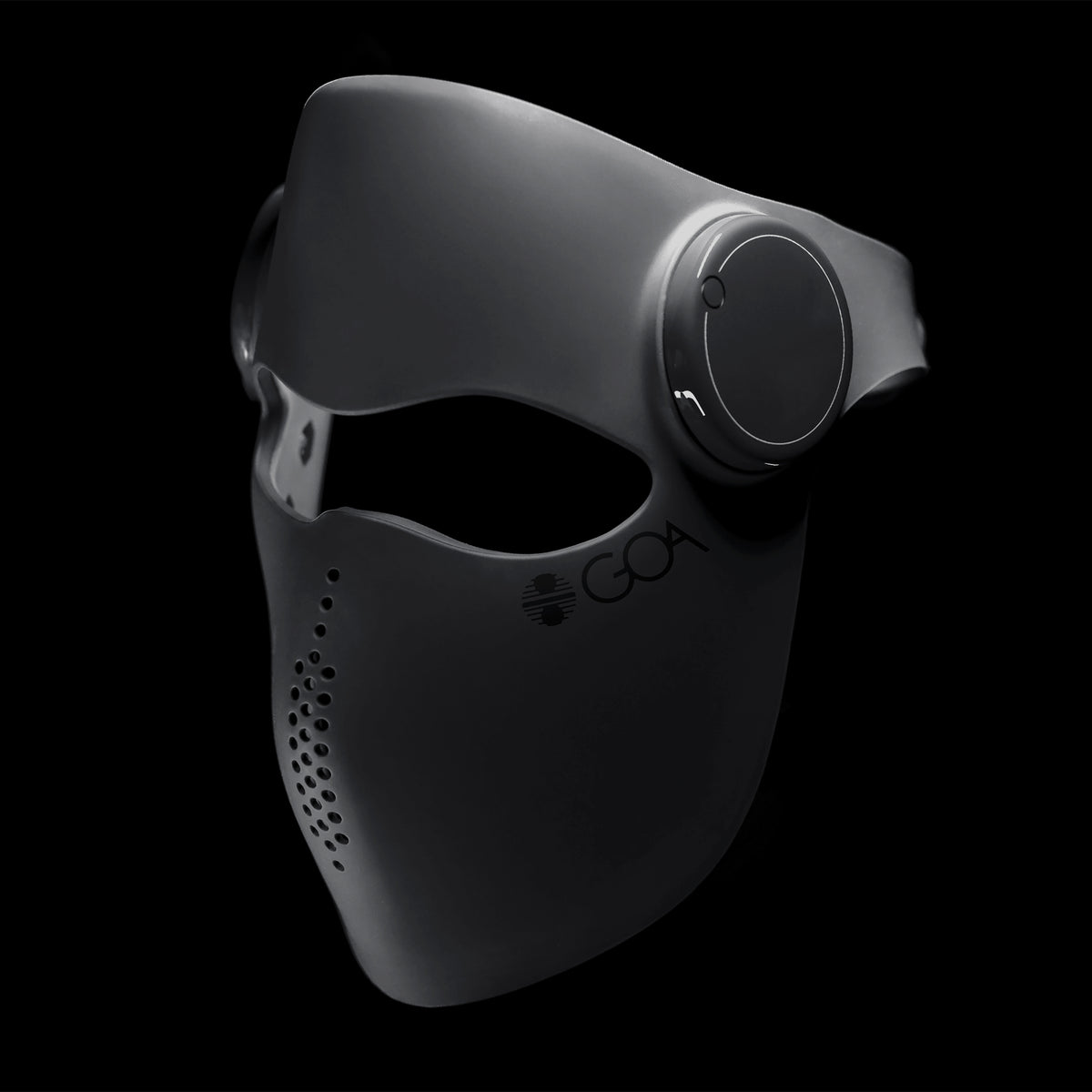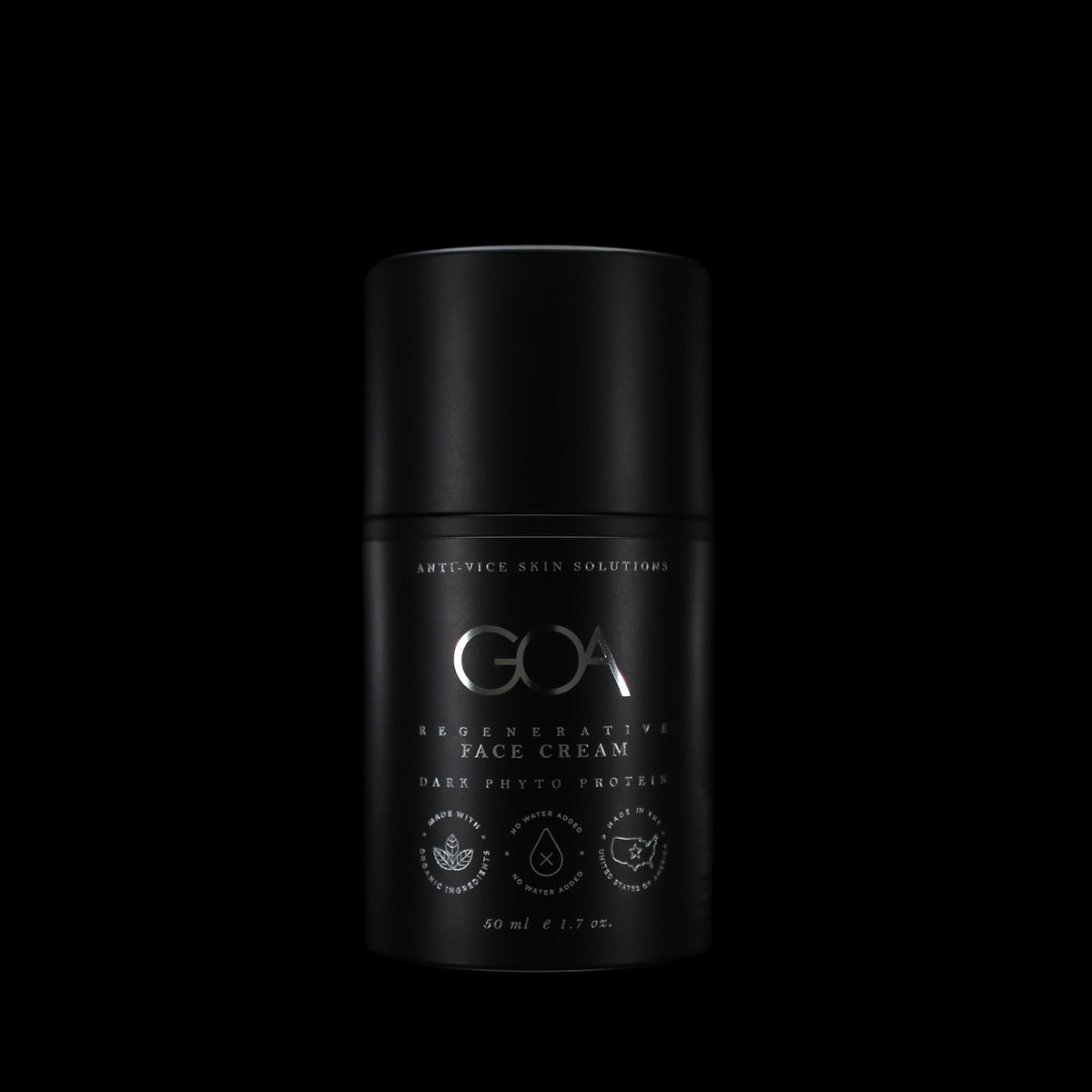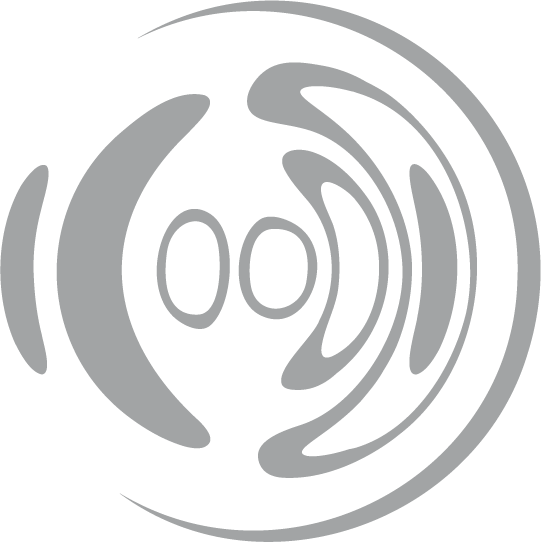Low-Level Light Therapy began in 1967 when Dr. Endre Mester, working in Budapest, observed accelerated hair regrowth and wound healing in mice treated with a low-powered ruby laser during a cancer study. That single observation opened a new direction in clinical light applications, leading to decades of global research across dermatology, musculoskeletal treatment, neurology, and cellular repair. By the 2000s, LED-based systems replaced laser-only setups, and the field evolved into what is now widely recognized as photobiomodulation—an established modality supported by thousands of peer-reviewed studies and applied in both clinical and at-home protocols.
The Science Behind the Light
LLLT works through a fascinating biological mechanism that sounds almost too simple to be true. When specific wavelengths of red (630-660 nm) and near-infrared light (810-850 nm) penetrate your skin, they target the mitochondria—your cells' power generators. This light activates an enzyme called cytochrome c oxidase, which accelerates ATP production (your cellular energy currency), reduces oxidative stress, and regulates inflammation. These cellular improvements cascade throughout the body's systems, enhancing everything from skin repair to muscle recovery. Essentially, you're recharging your cells from the inside out, creating a foundation for multiple therapeutic benefits.
Built to interface with light. The Anti-Pollution Moisturizer includes light-activated peptides and environmental shielding agents that perform during red and near-infrared exposure. Available today.
Different Wavelengths, Different Benefits
The depth of penetration depends on the wavelength. Red light primarily benefits the skin, stimulating collagen production and reducing inflammation—hence its popularity for reducing wrinkles and improving complexion. Near-infrared light, however, reaches deeper tissues, making it effective for muscle recovery, joint health, and even nerve regeneration. Some devices also incorporate blue light (400-470 nm), which offers powerful antibacterial properties for combating acne and other skin conditions.
Beyond Skin Deep: Systemic Effects
What's particularly compelling about light therapy is its wide-ranging effects throughout the body. Clinical trials have documented significant reductions in recovery time after intense workouts, with participants reporting less muscle soreness and faster strength restoration. The therapy also shows promise for chronic joint pain, with studies demonstrating decreased inflammation markers in participants with arthritis and similar conditions.
Sharper Mind, Better Mood
The cognitive benefits shouldn't be overlooked either. Emerging research suggests that when near-infrared light is applied to the forehead, it may enhance blood flow to the brain, improve mitochondrial function in neurons, and potentially boost cognitive performance. The mechanism involves photons penetrating the skull and directly stimulating cytochrome c oxidase in brain cells, increasing cerebral ATP production by up to 19% according to transcranial studies. This energetic boost promotes neuroplasticity and reduces neuroinflammation, creating measurable improvements in reaction time and working memory.
Regular users report improved focus, better mental clarity, and even more balanced mood states—benefits that are particularly valuable in high-stress environments.
Follicular Rescue: Hair Growth Potential
For men concerned about hair loss, LLLT offers a non-pharmaceutical approach worth considering. Clinical studies show promising results for follicular health, with participants experiencing increased hair count and density after consistent use. The therapy works by stimulating dormant hair follicles and extending the active growth phase of the hair cycle.
The Hormonal Connection
A potential benefit that's garnering increasing attention is hormonal support. Preliminary research suggests that regular light therapy sessions may help maintain healthy testosterone levels, particularly in men over 30 who are experiencing natural age-related declines. While more extensive studies are needed, the current findings point to improved testicular function and hormonal balance that complements the other systemic benefits.

Choosing the Right Device and Protocol
When shopping for an at-home LLLT device, scientific specifications matter far more than marketing claims. Here's what to consider:
-
Wavelength precision: Look for devices that clearly specify their wavelengths (ideally 630-660 nm for red light and 810-850 nm for near-infrared)
-
Power density: Effective therapy requires 20-100 mW/cm² at the skin's surface
-
Treatment area: Full-face masks should offer even coverage without hot spots or dead zones
-
Safety certifications: FDA-cleared devices provide assurance of both safety and efficacy
-
EMF emissions: Quality devices minimize electromagnetic field exposure
-
Session timing controls: Automatic shutoff prevents overexposure
-
Durability: Medical-grade materials withstand regular sanitization
The therapeutic dose is determined by both power density and treatment time. Professional clinics typically deliver shorter sessions with higher-powered devices, while home units may require longer sessions to achieve equivalent results. Consistency is key—most clinical trials showing significant benefits implemented protocols of 3-5 sessions weekly for at least 4-12 weeks.
Post-Workout Recovery: The Cellular Mechanics
Men with active lifestyles particularly benefit from incorporating light therapy into their recovery routine. Here's why it works so effectively: During intense exercise, muscle fibers sustain microscopic damage and experience increased oxidative stress, while mitochondrial function temporarily decreases. Near-infrared light penetrates deep into muscle tissue, where it triggers a cascade of biological events—increasing nitric oxide release which improves blood flow to damaged areas, activating heat shock proteins that repair damaged cellular structures, and upregulating antioxidant enzymes that neutralize exercise-induced free radicals. Additionally, the therapy accelerates ATP resynthesis, providing energy for the protein synthesis necessary to rebuild stronger muscle fibers. These molecular mechanisms collectively reduce inflammatory cytokines and accelerate glycogen replenishment, leading to the documented 40% faster recovery times compared to control groups.
The Future Looks Bright (and Red)
The technology continues advancing rapidly. The newest generation of home devices increasingly approximates clinical specifications, making professional-grade therapy more accessible. Integration with smartphone apps allows personalized protocols based on specific goals, whether that's performance recovery, skin health, or cognitive enhancement.

GOA Launches the First Cordless, Full Mask for Men
After two years of development, GOA introduces the cordless Dynamic LED ExoMask—engineered to deliver consistent red, blue, and near-infrared light sessions without external wiring or contact limitations. In parallel, GOA formulations now include light-activated ingredients designed to function during photobiomodulation exposure.
Launching in early May, pre-selling exclusively for our members.
The Research Worth Reading
For those interested in exploring the scientific literature, three recent studies stand out:
Hamblin's 2018 Comprehensive Review
This review delves into the cellular mechanisms of photobiomodulation, highlighting how red and near-infrared light interact with mitochondrial components like cytochrome c oxidase to influence cellular function.
🔗 Read the review
Ferraresi's 2022 Study on Muscle Recovery
This study examines the effects of photobiomodulation on muscle performance and recovery, demonstrating its potential benefits in sports and exercise contexts.
🔗 Access the study
Bruna H. de Oliveira’s 2024 Study on photobiomodulation increasing cognition
🔗 Read the full article on ScienceDirectCoLab+3
As more research emerges, LLLT is positioned to become a foundational component of comprehensive wellness routines. Unlike many health trends that fade as quickly as they appear, light therapy's effectiveness is grounded in decades of research on fundamental cellular processes. For men seeking evidence-based approaches to recovery, performance, and longevity, the future of wellness looks decidedly bright—and distinctly red.









